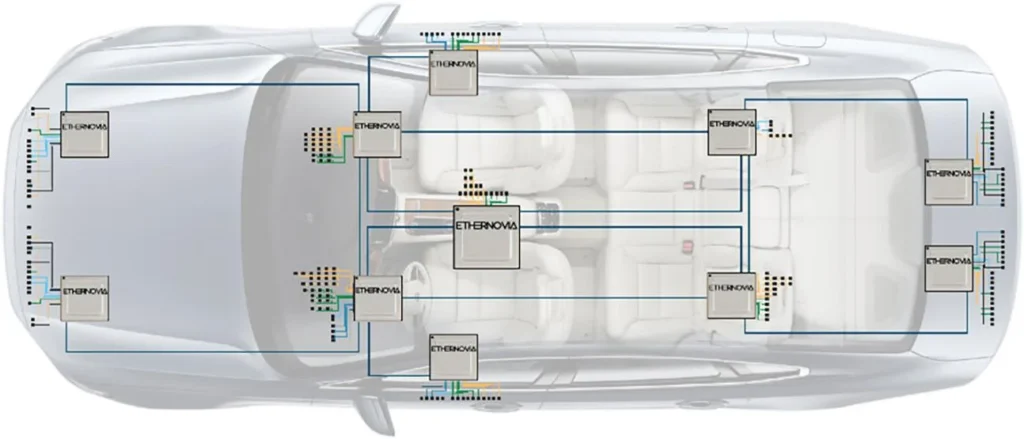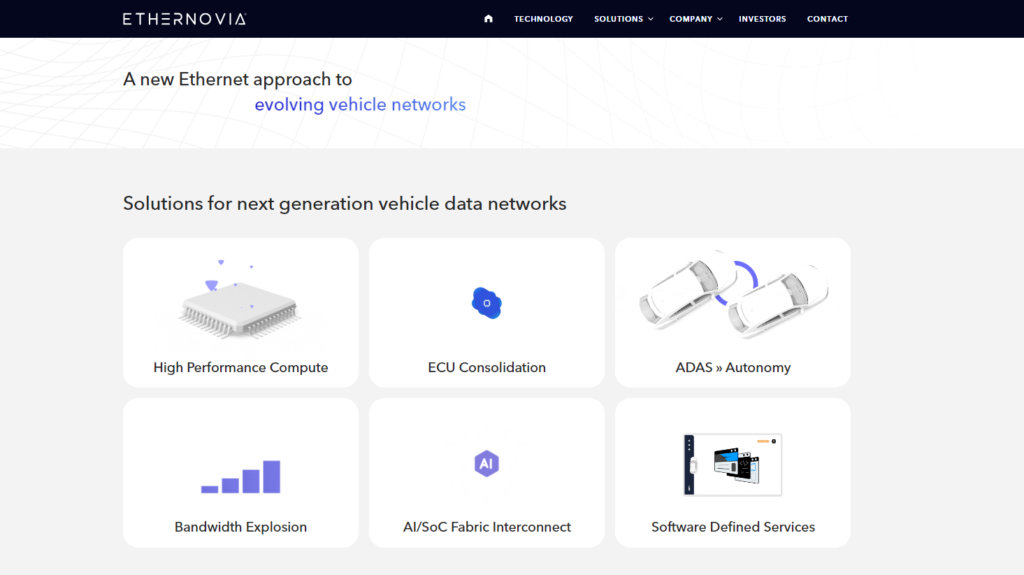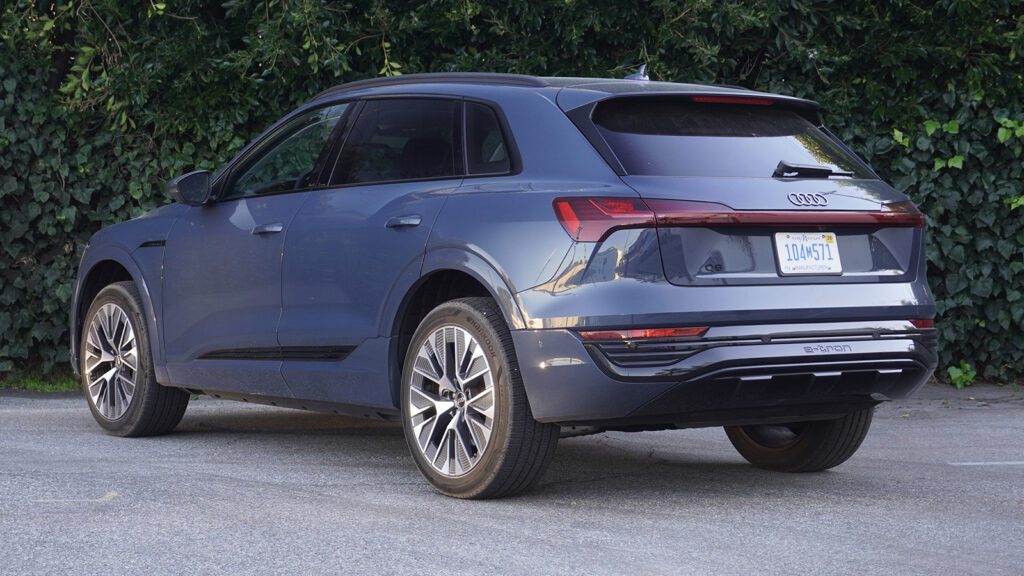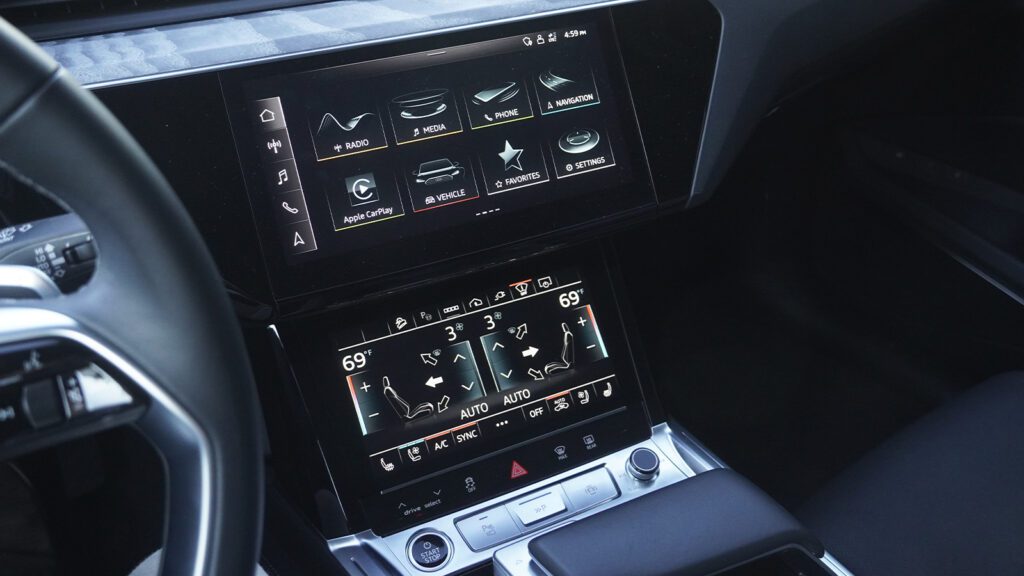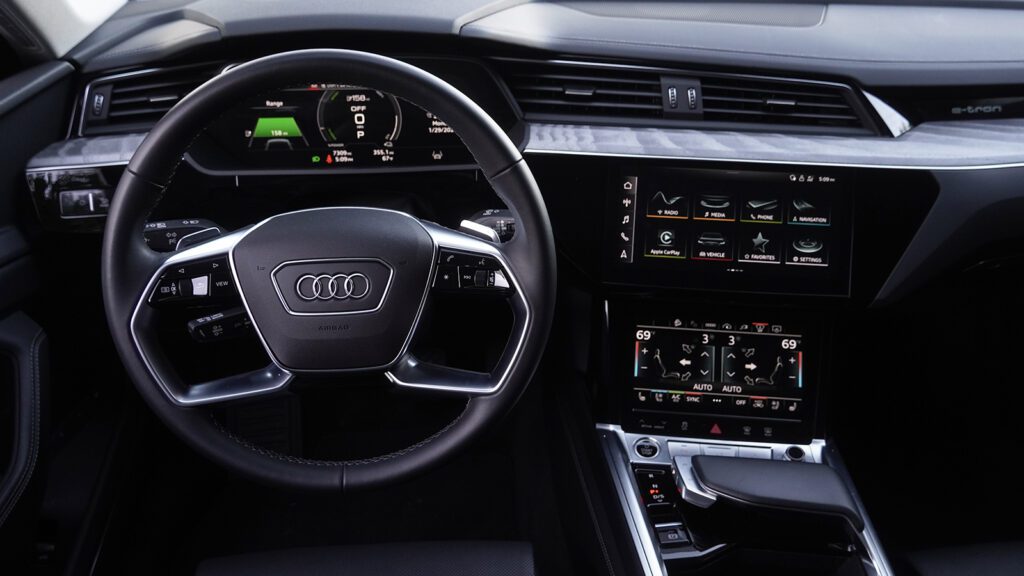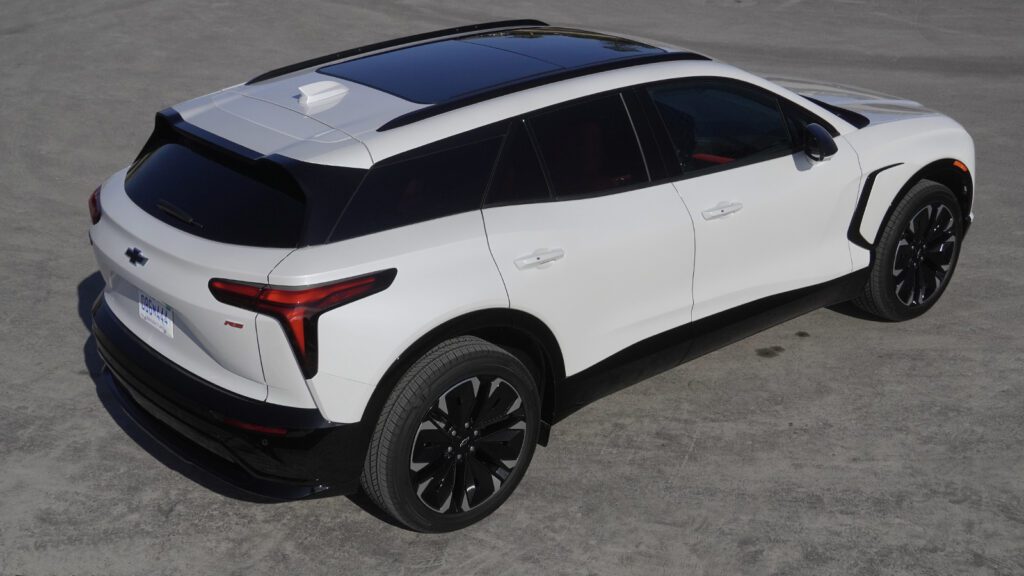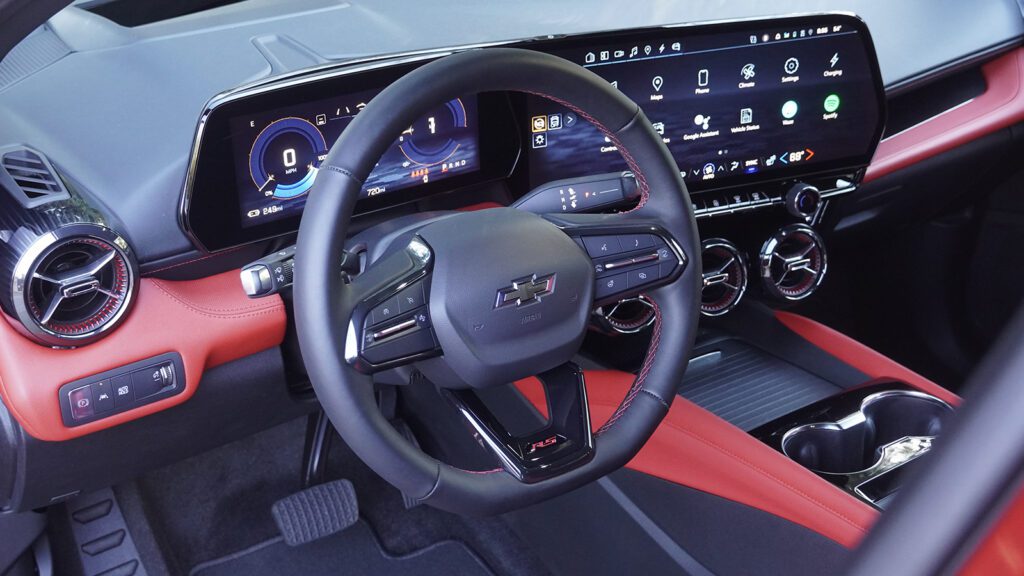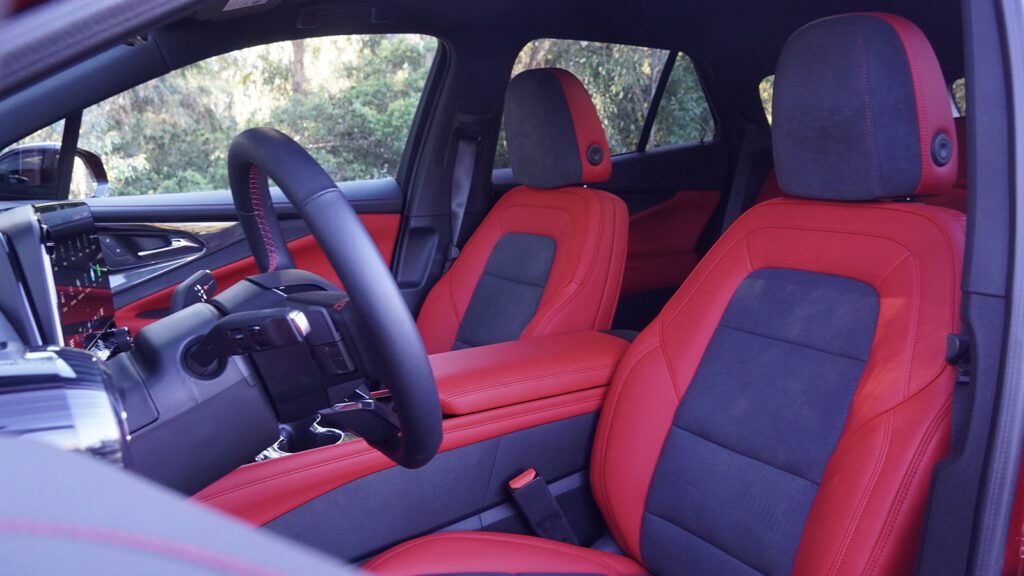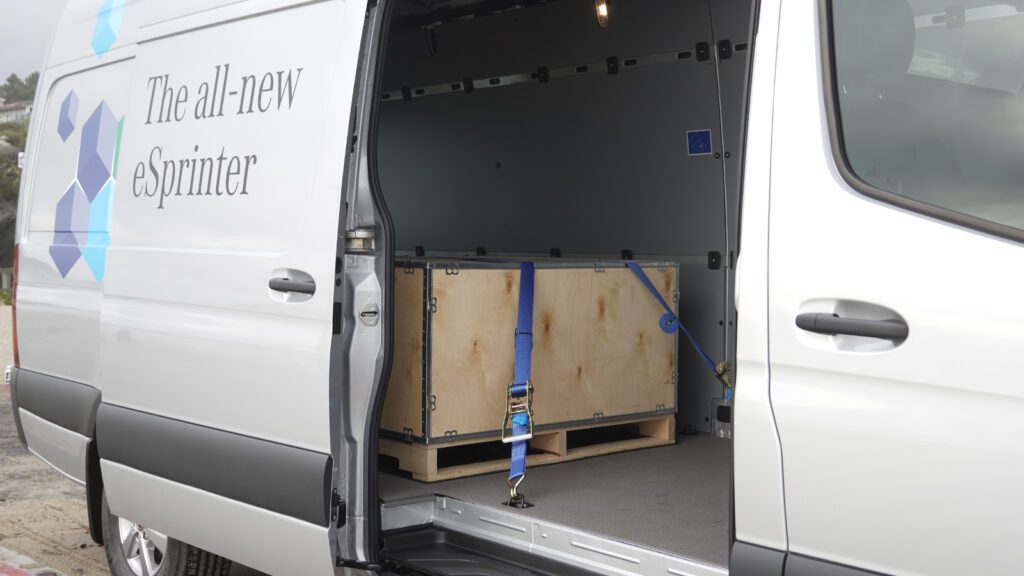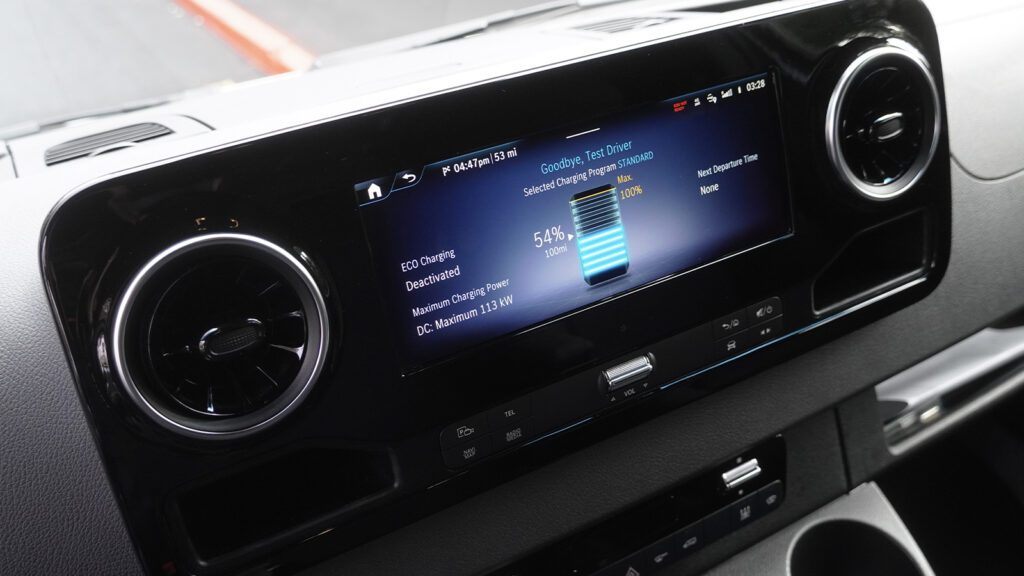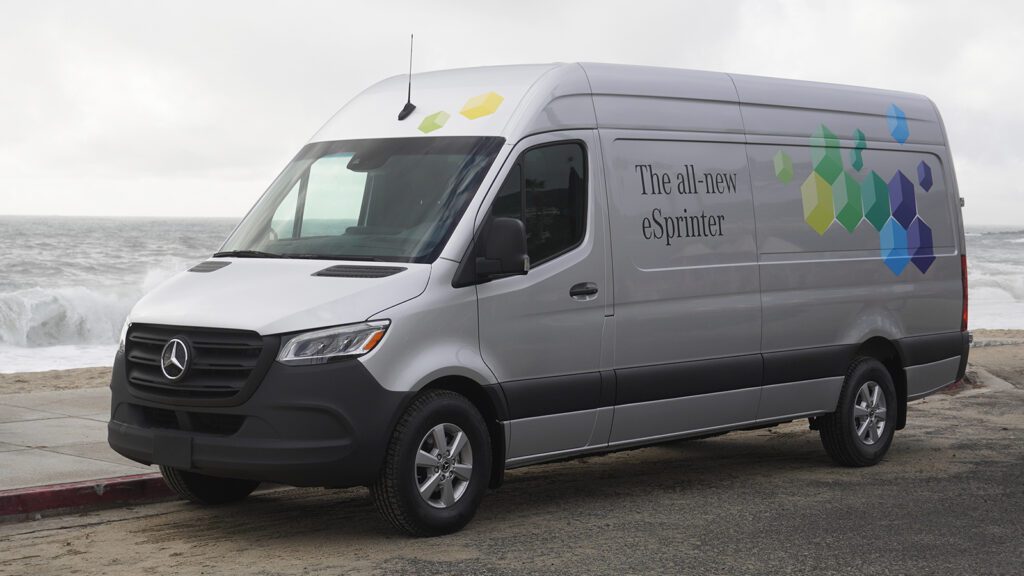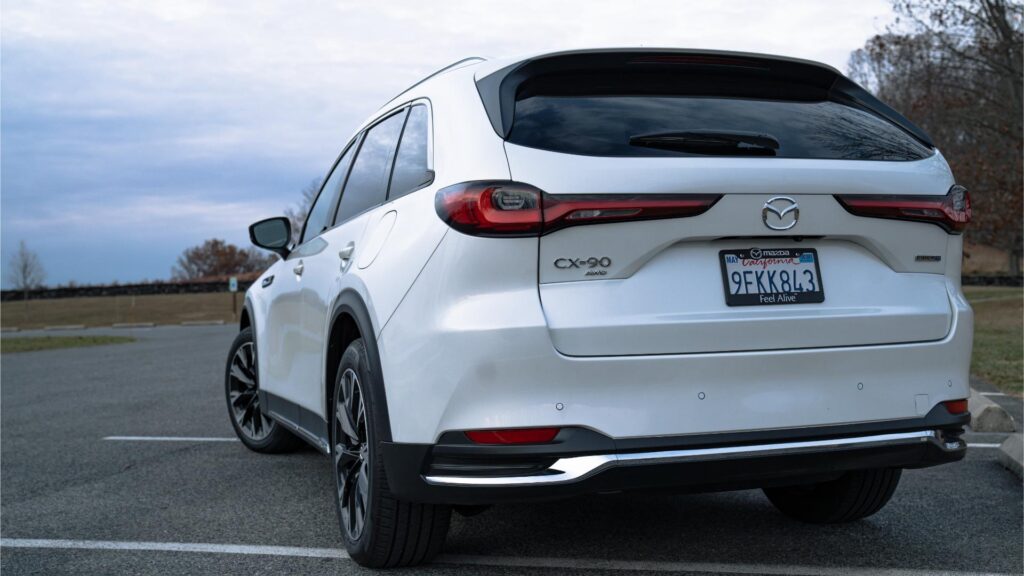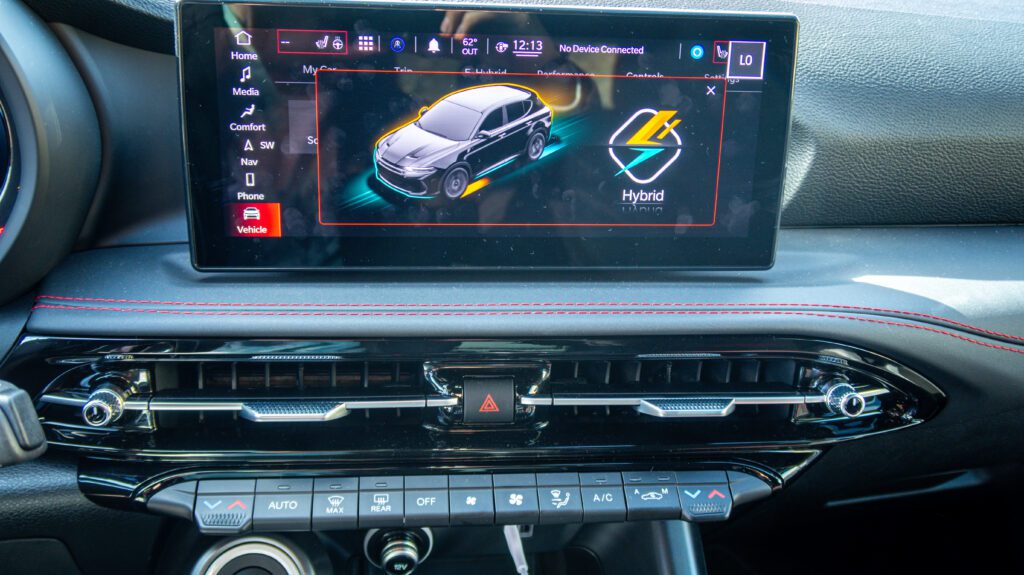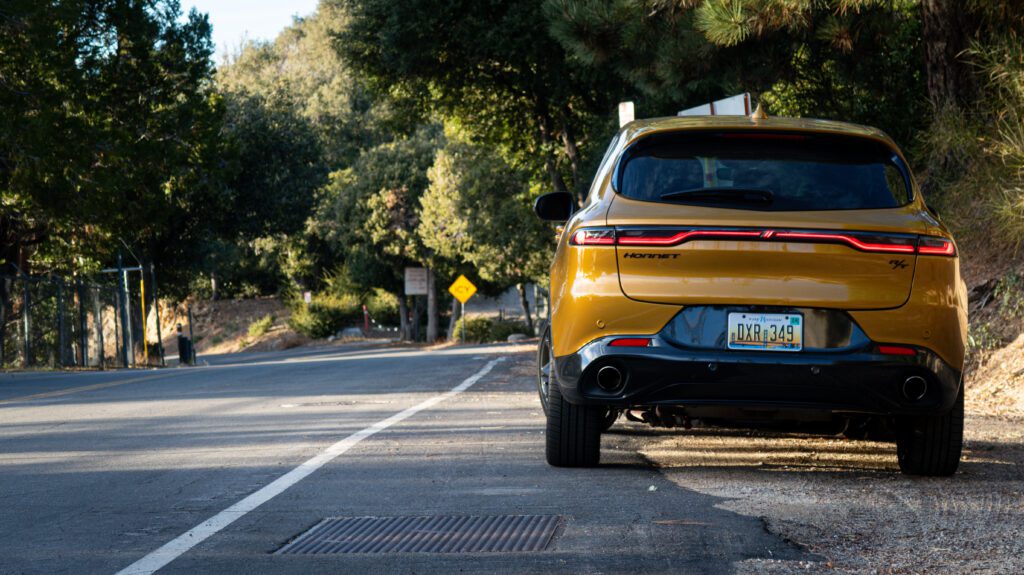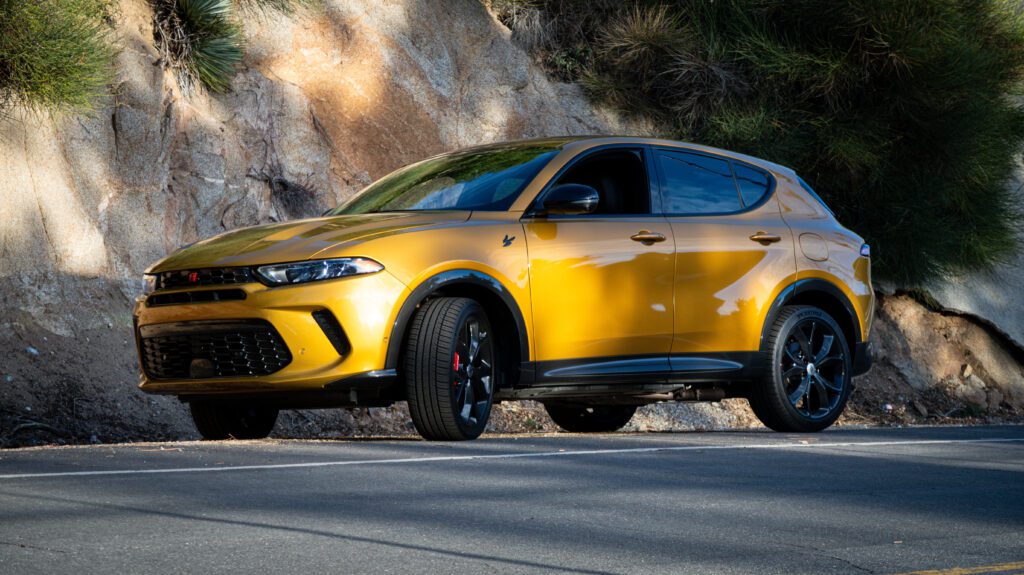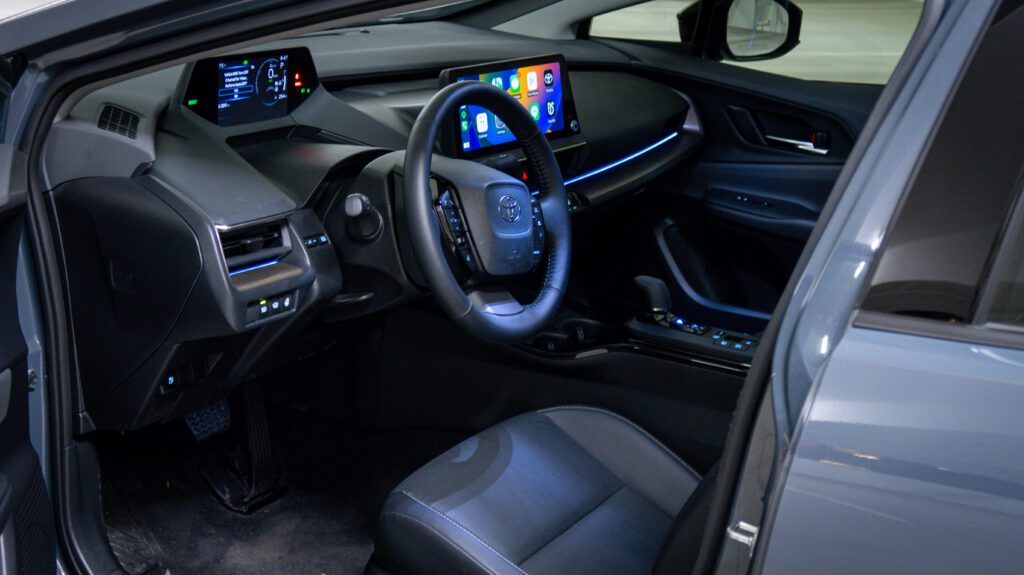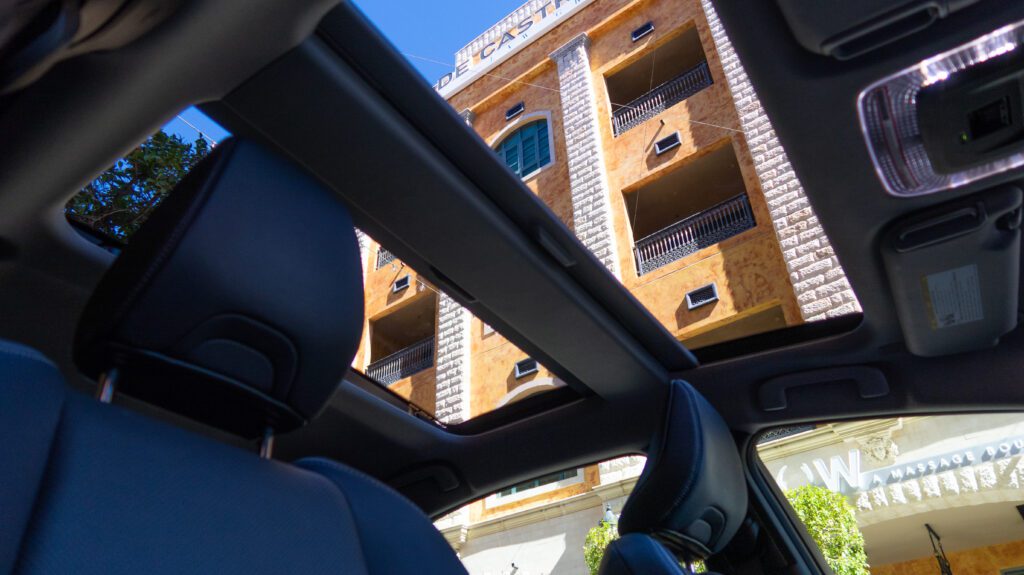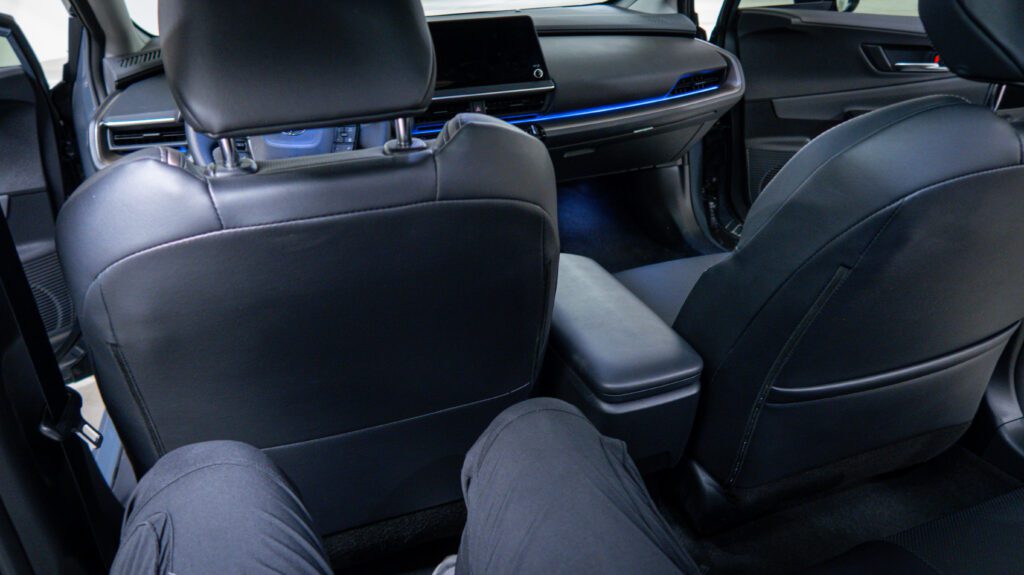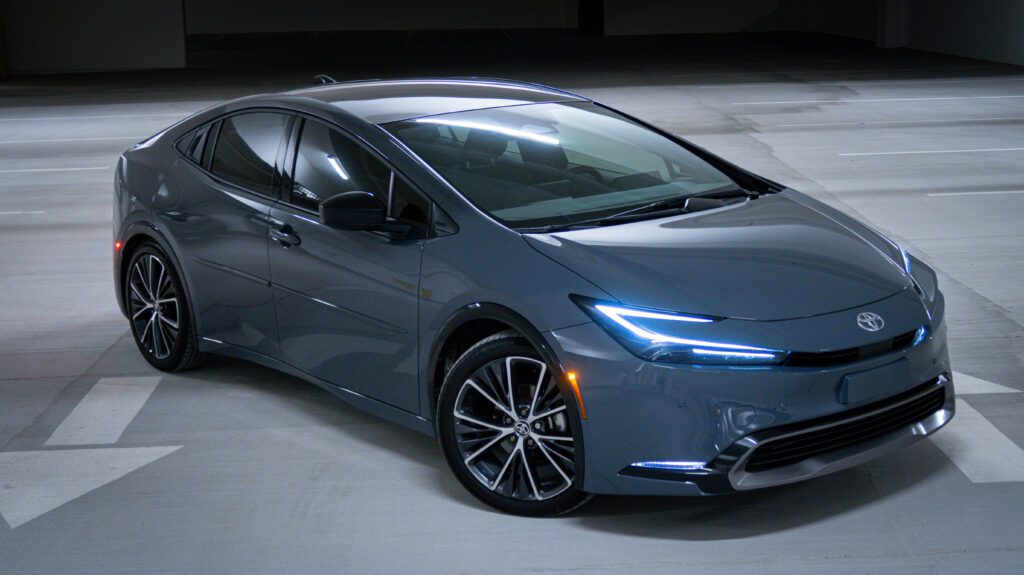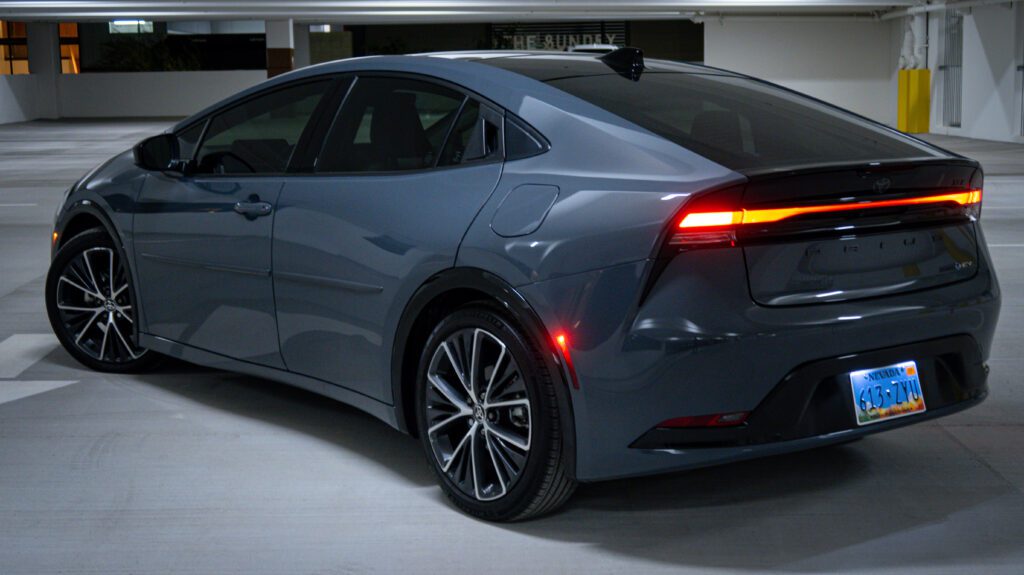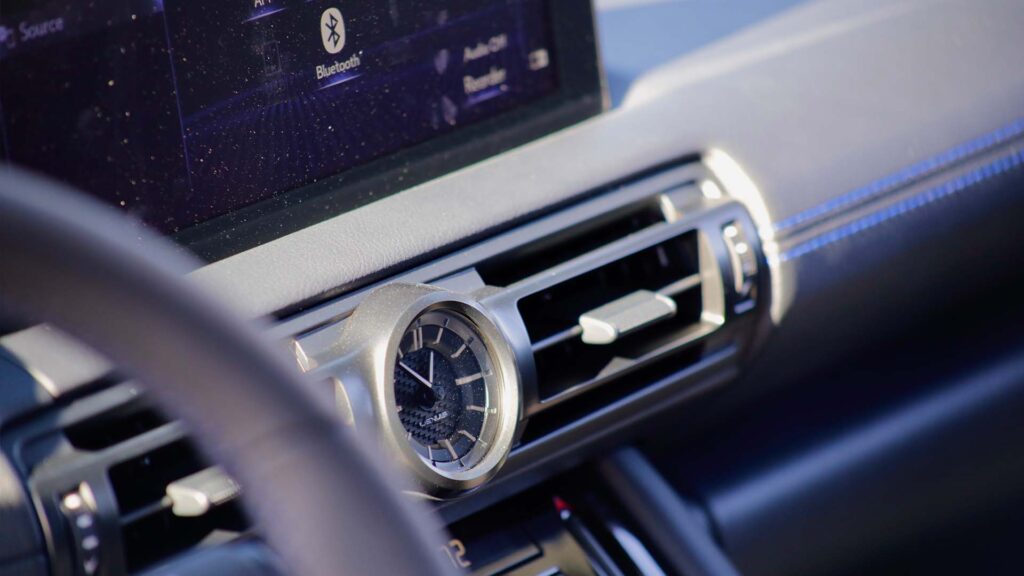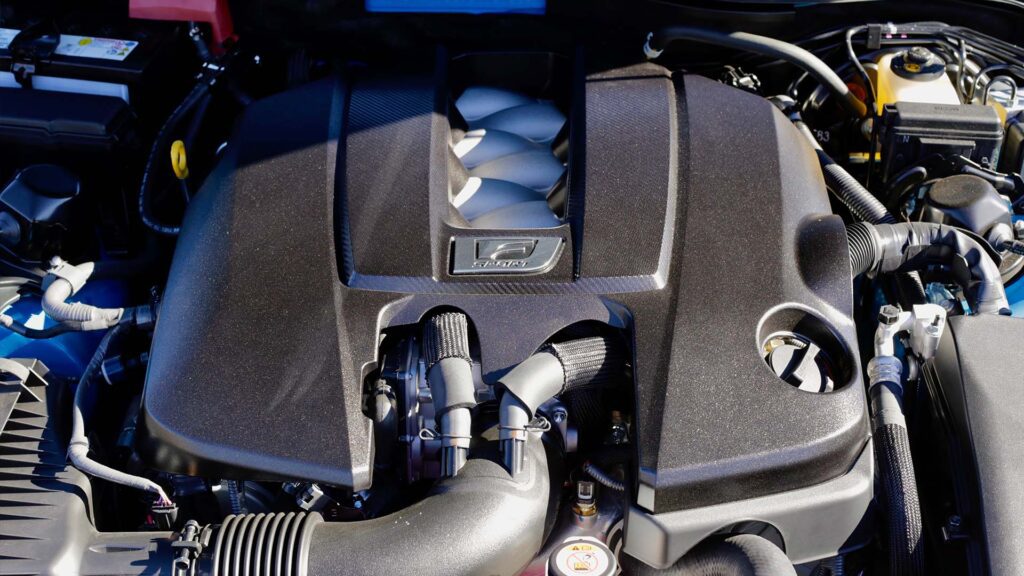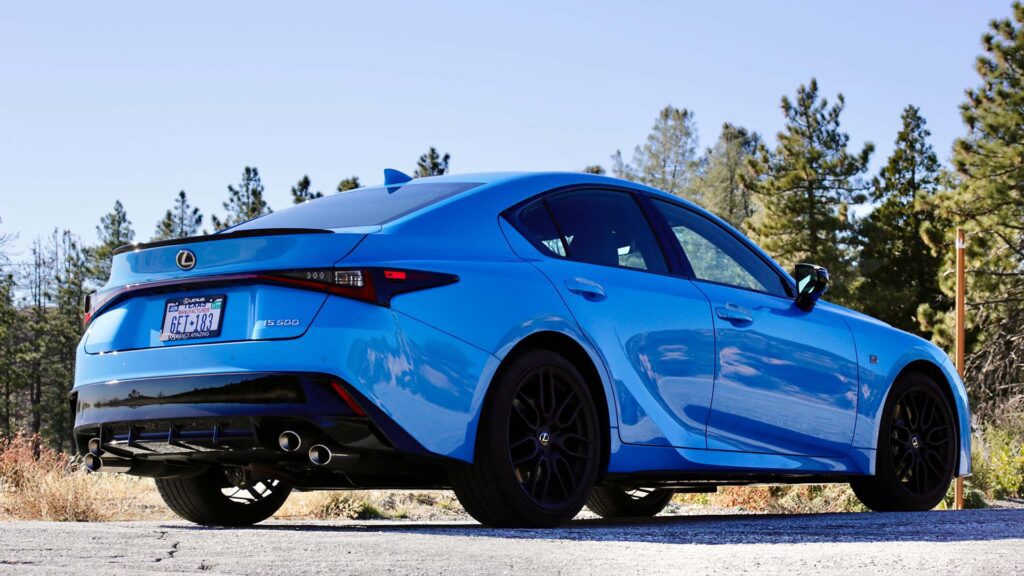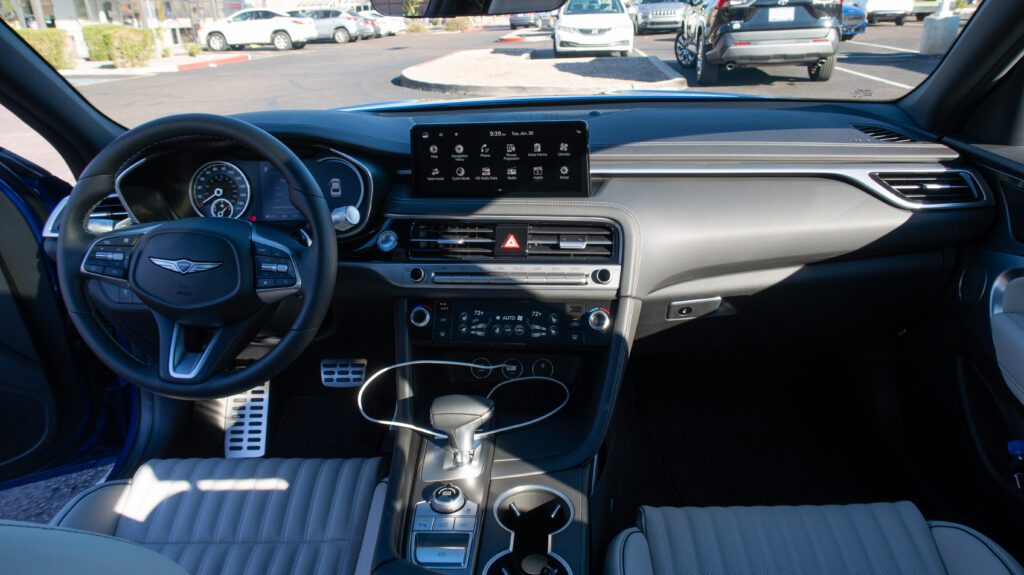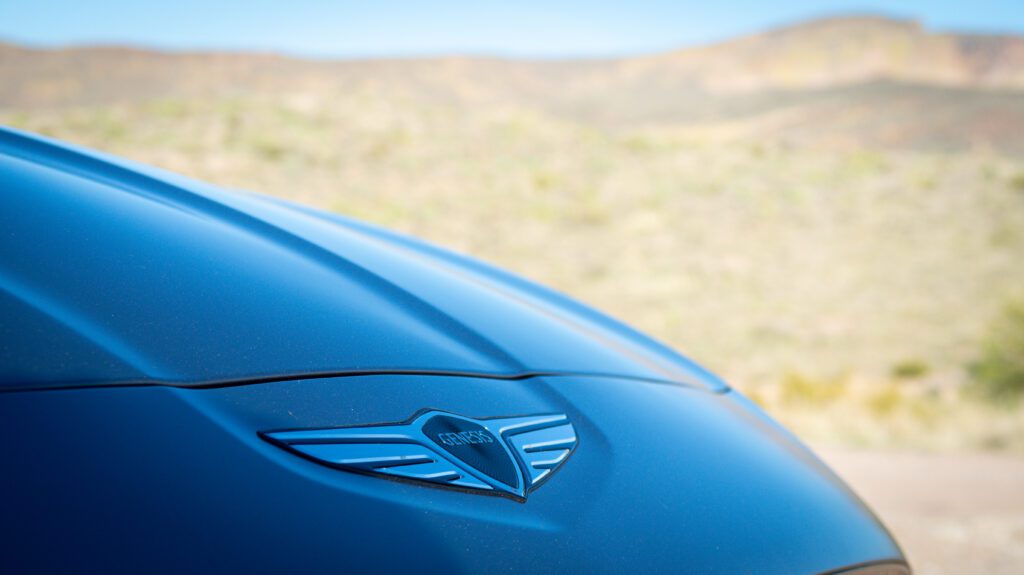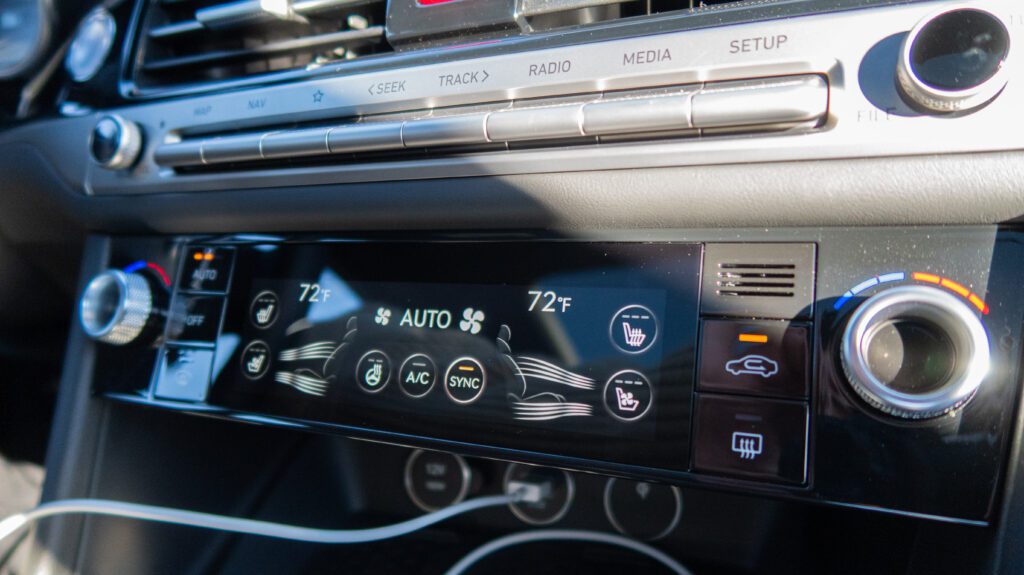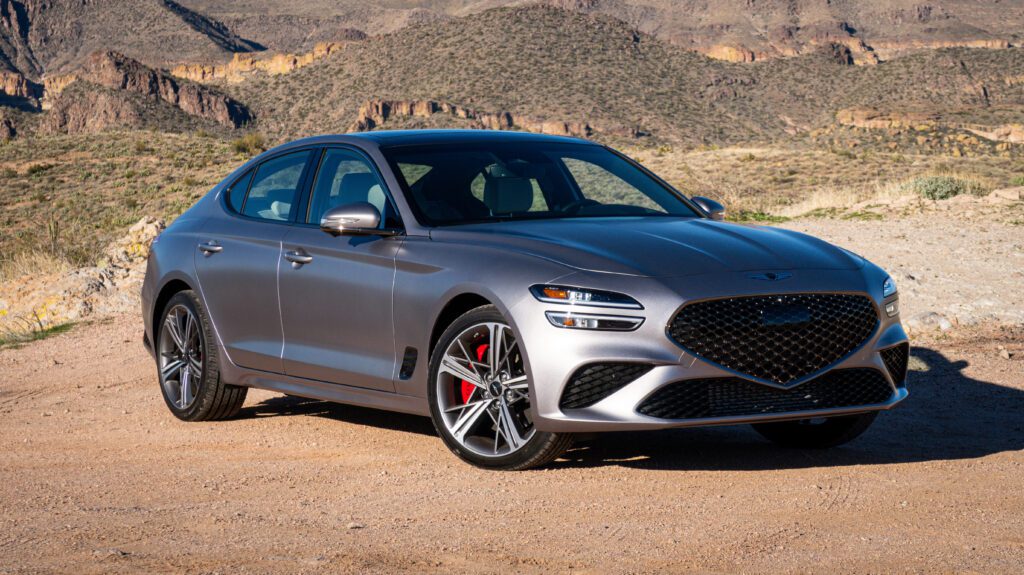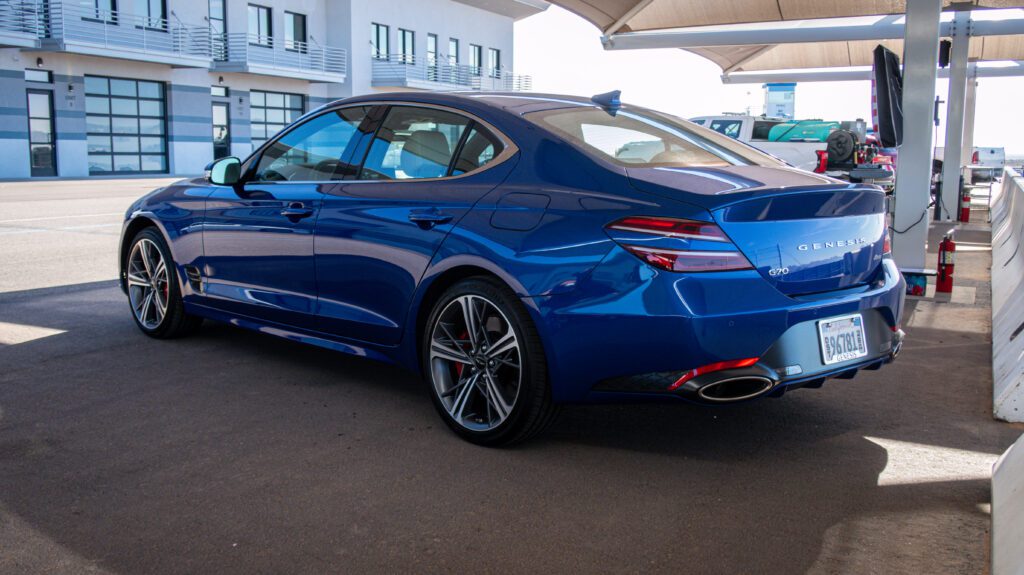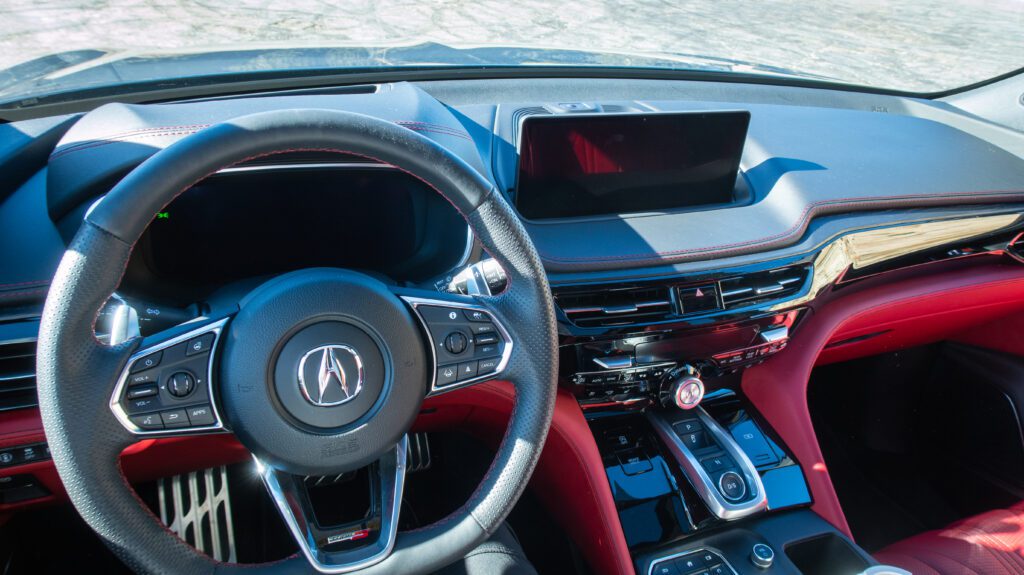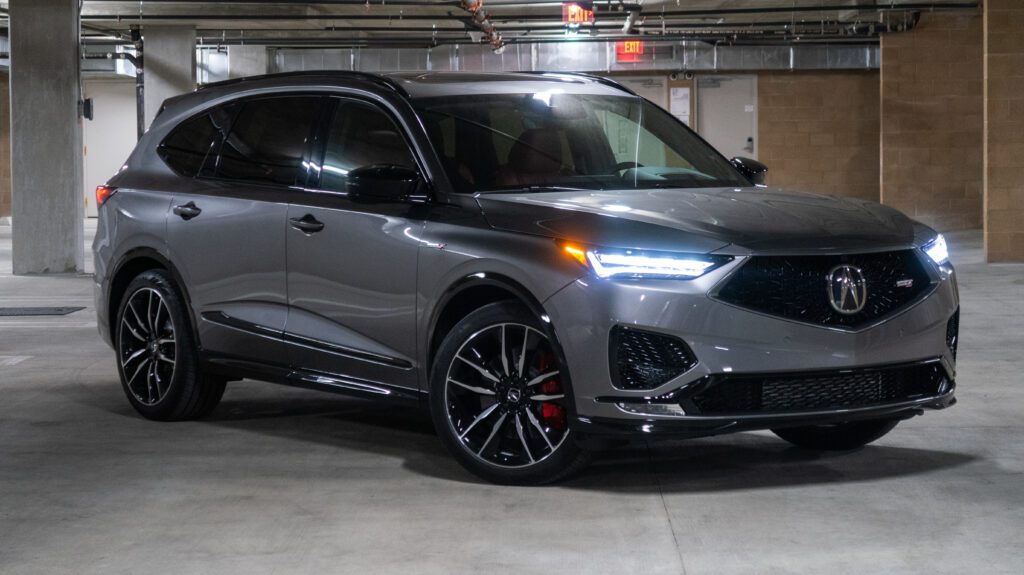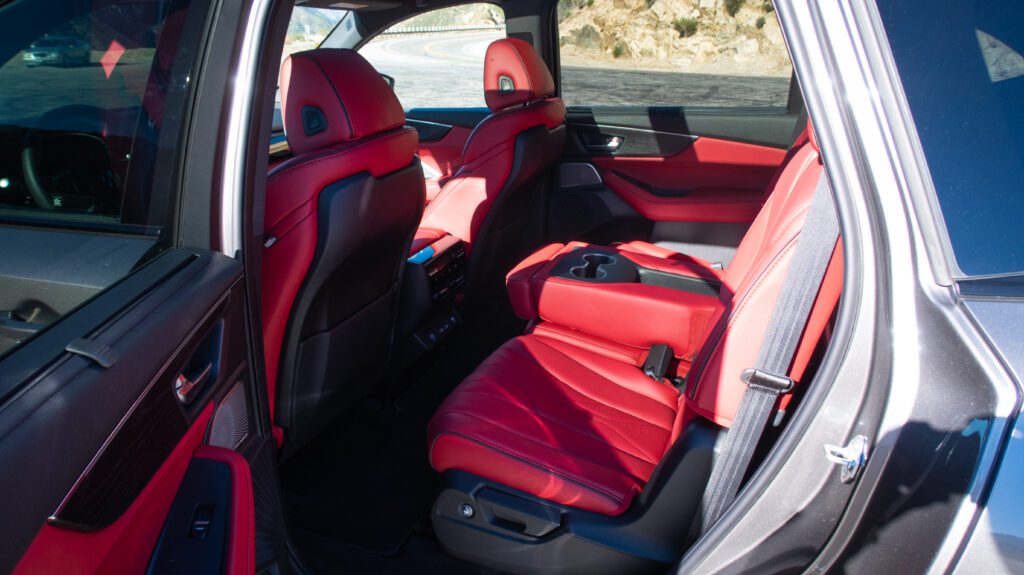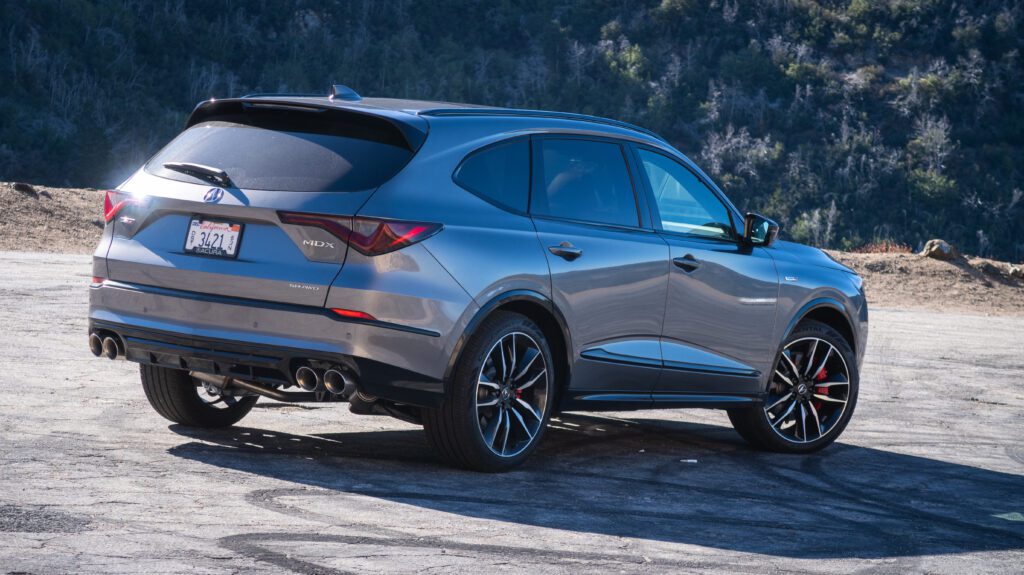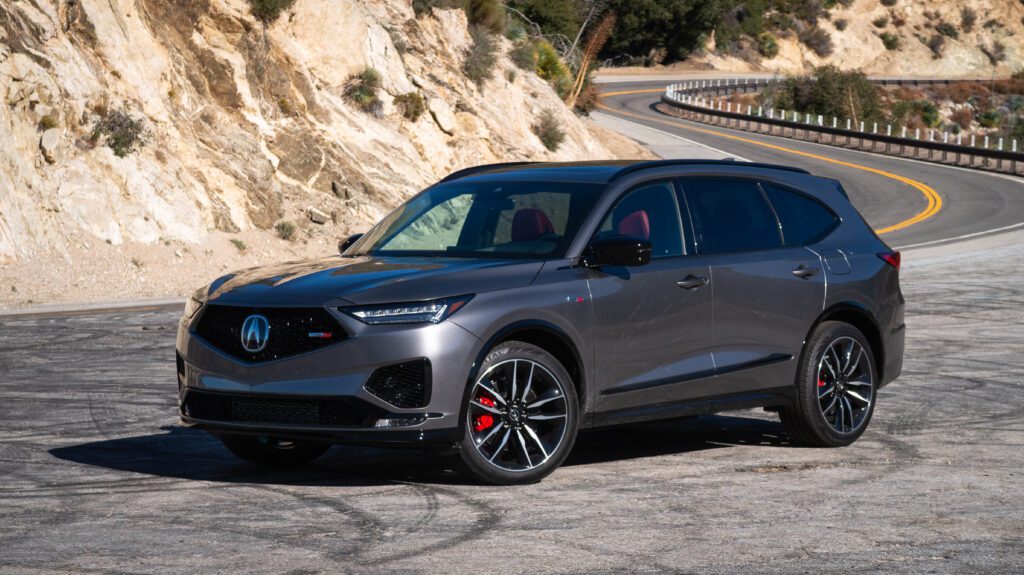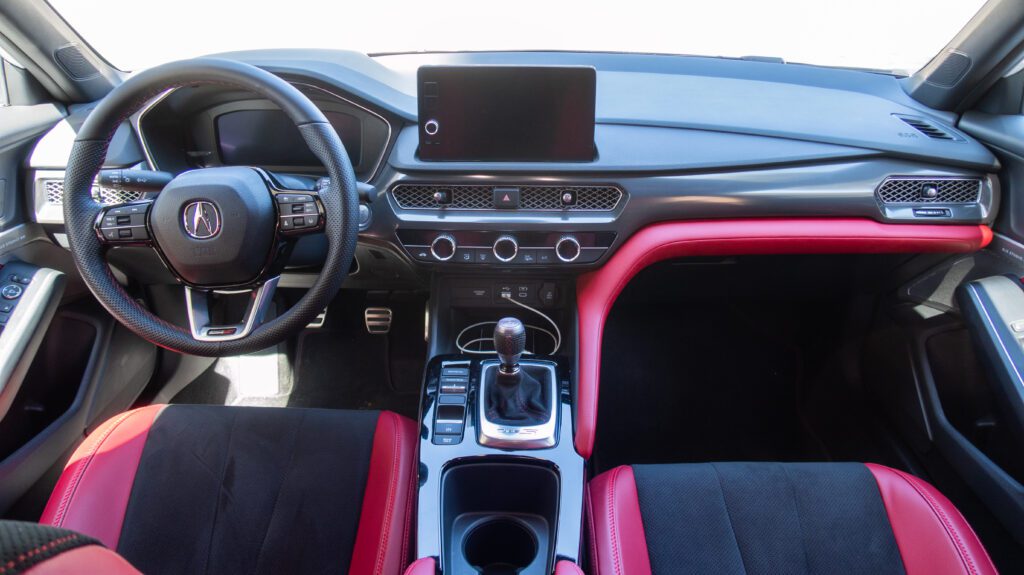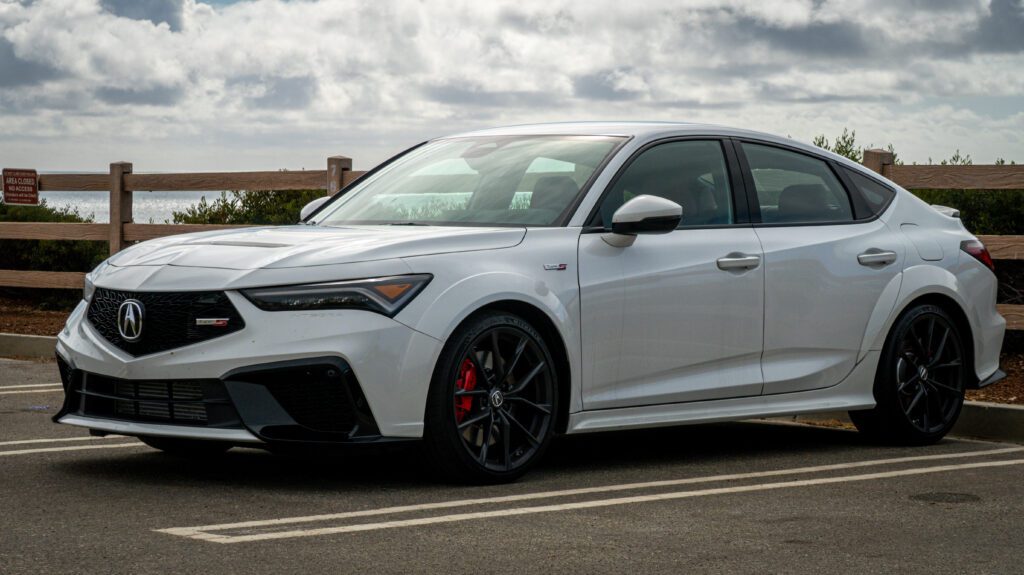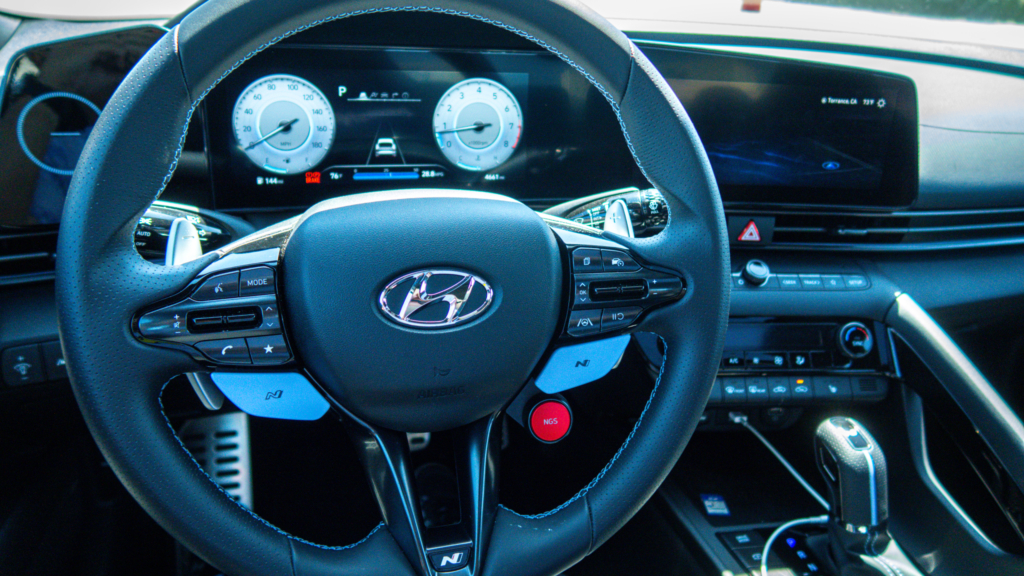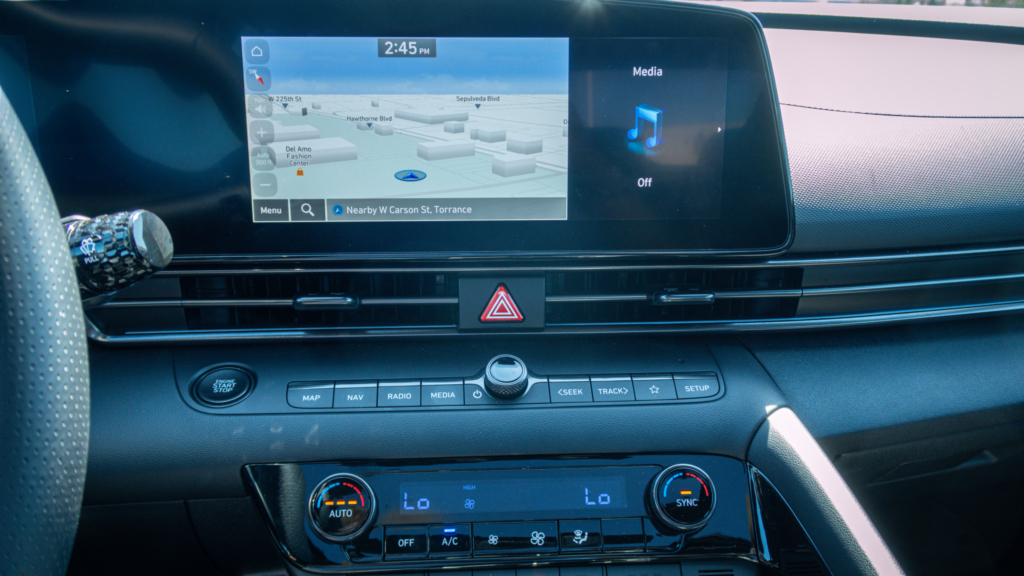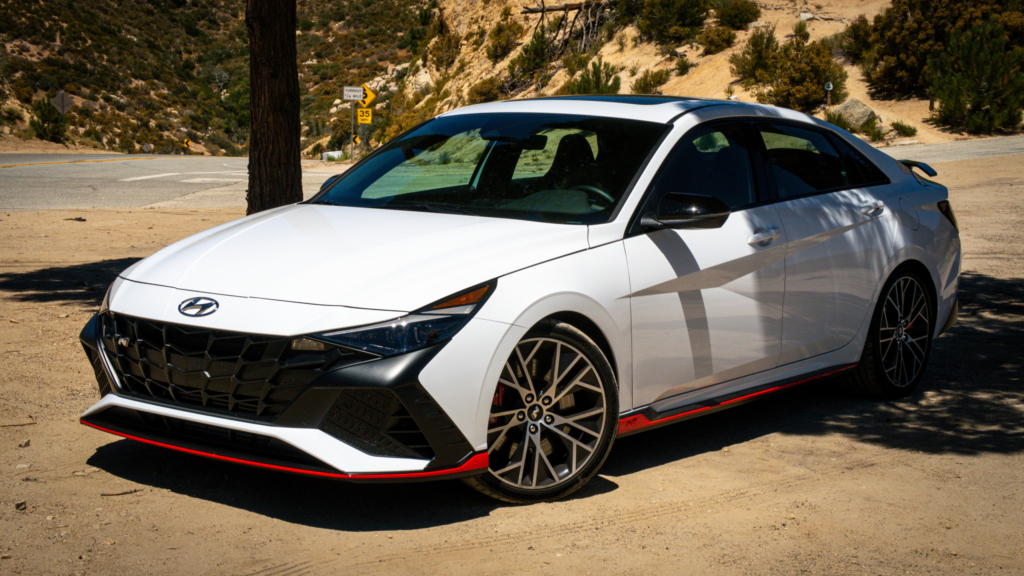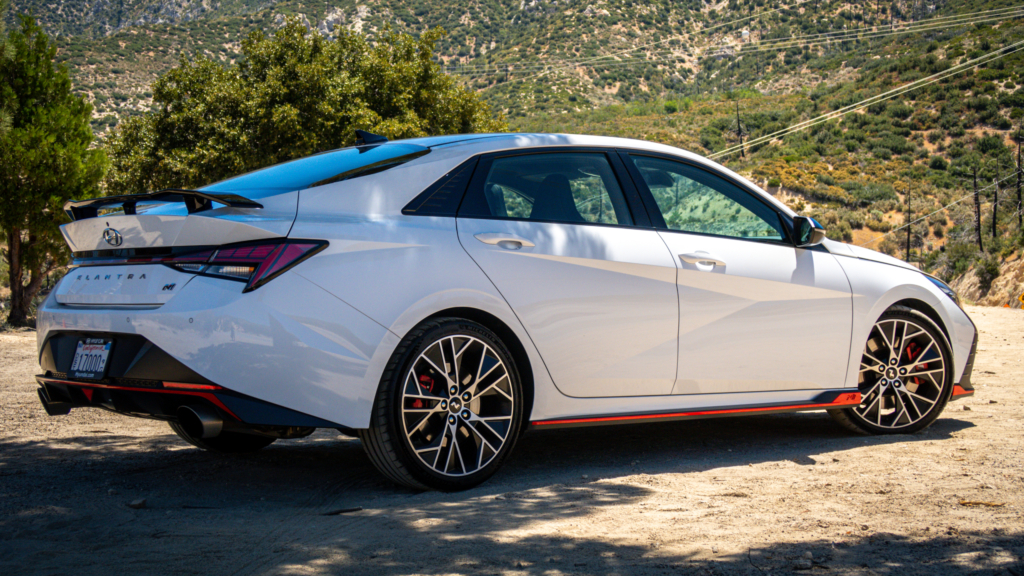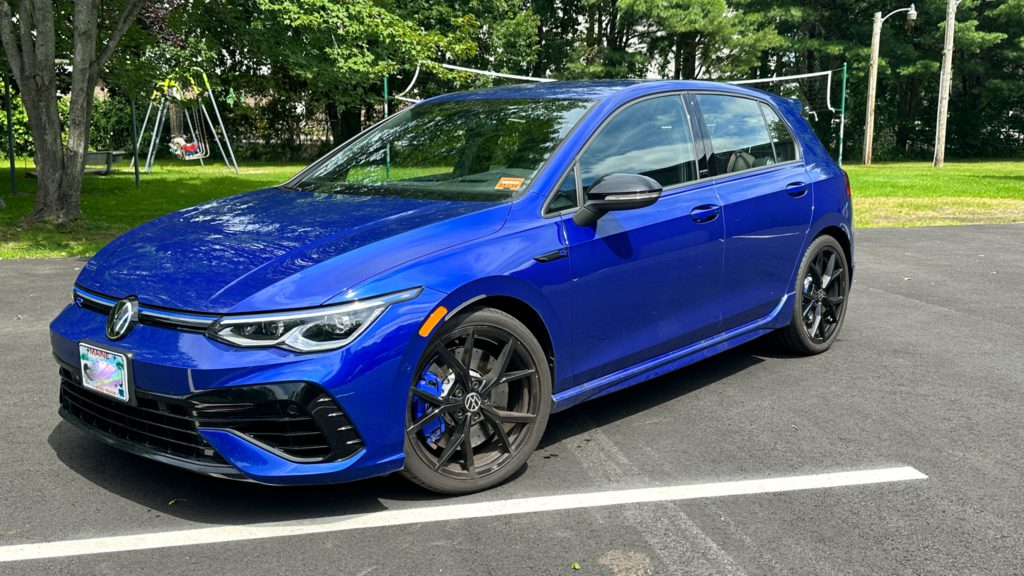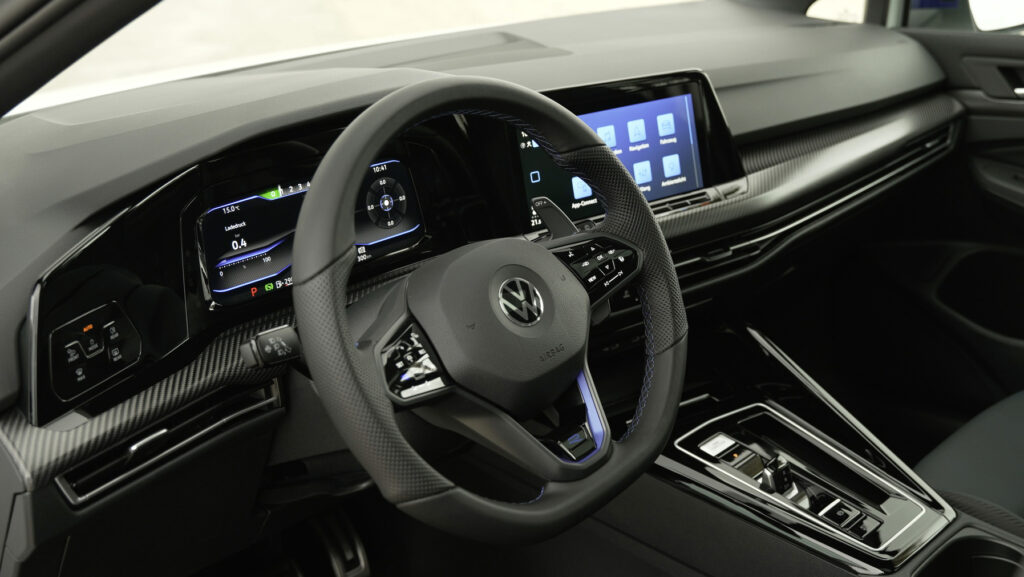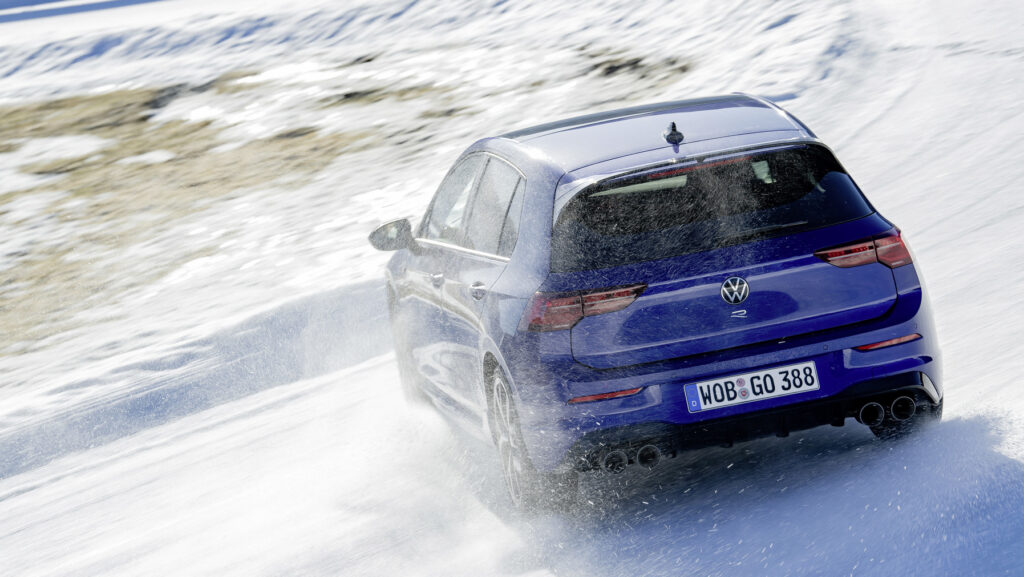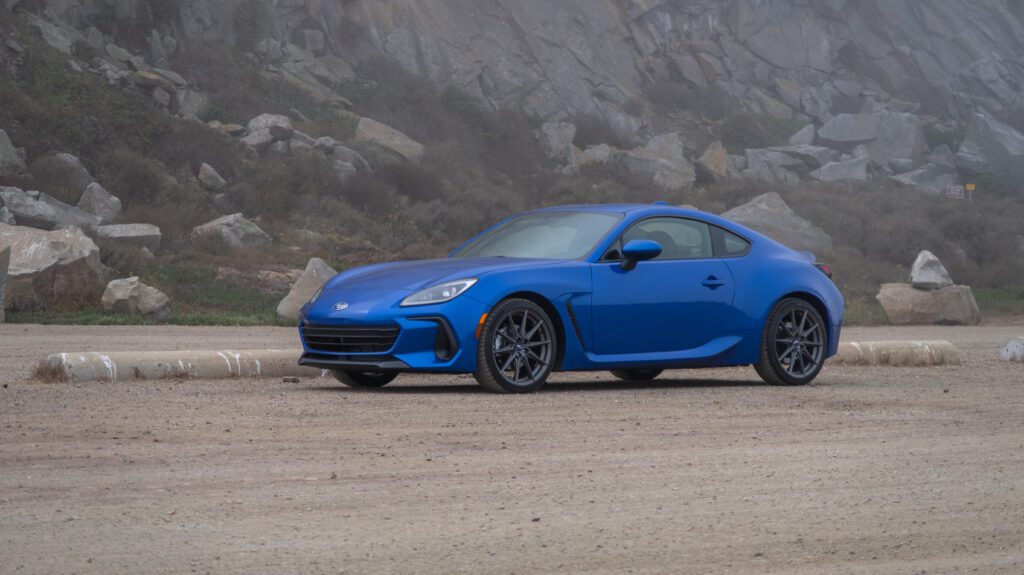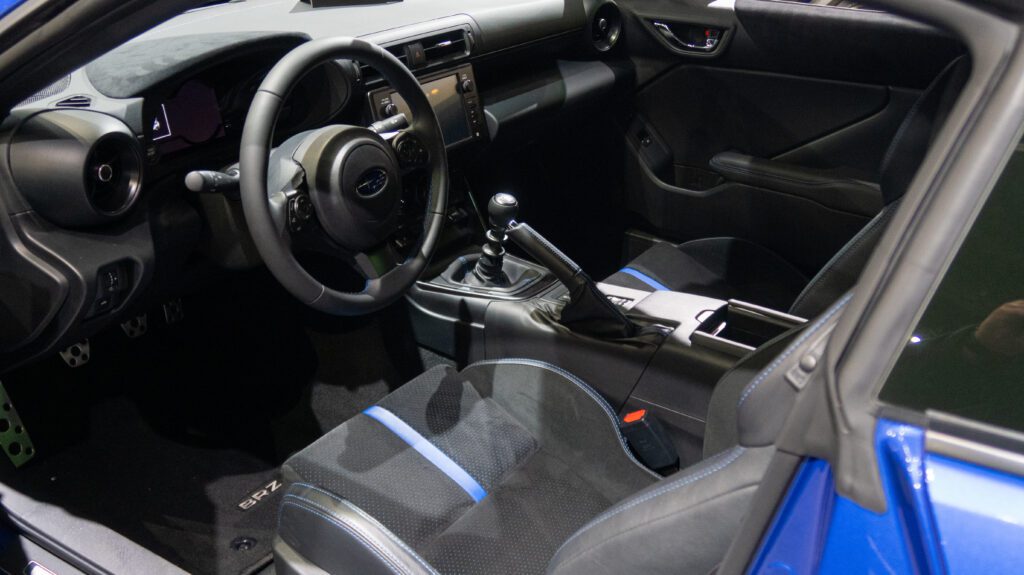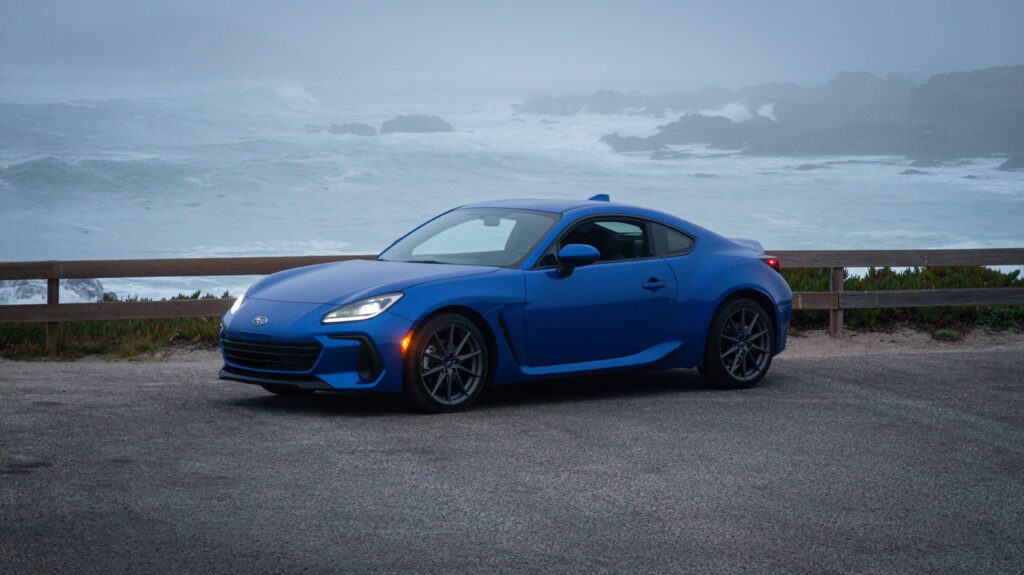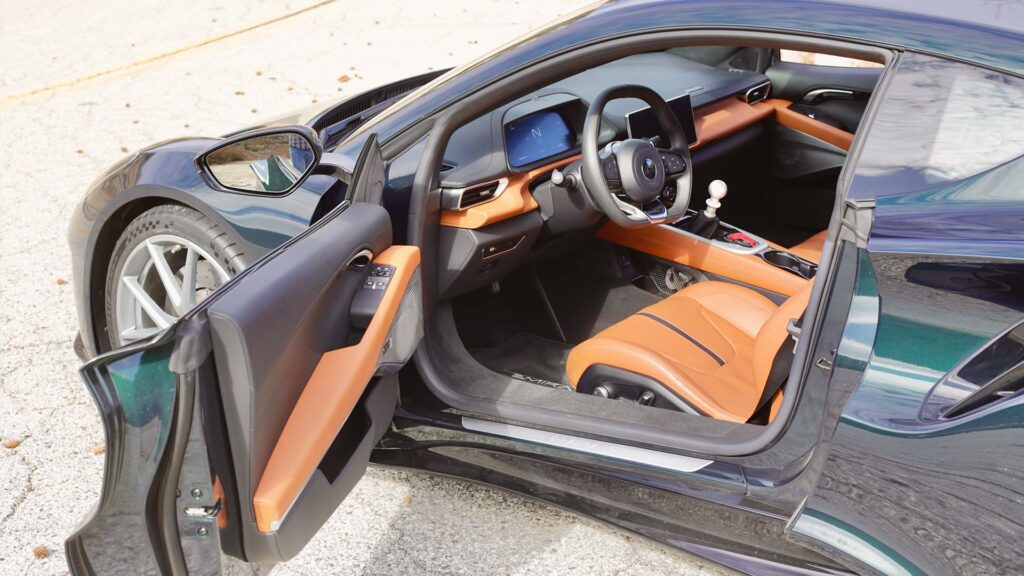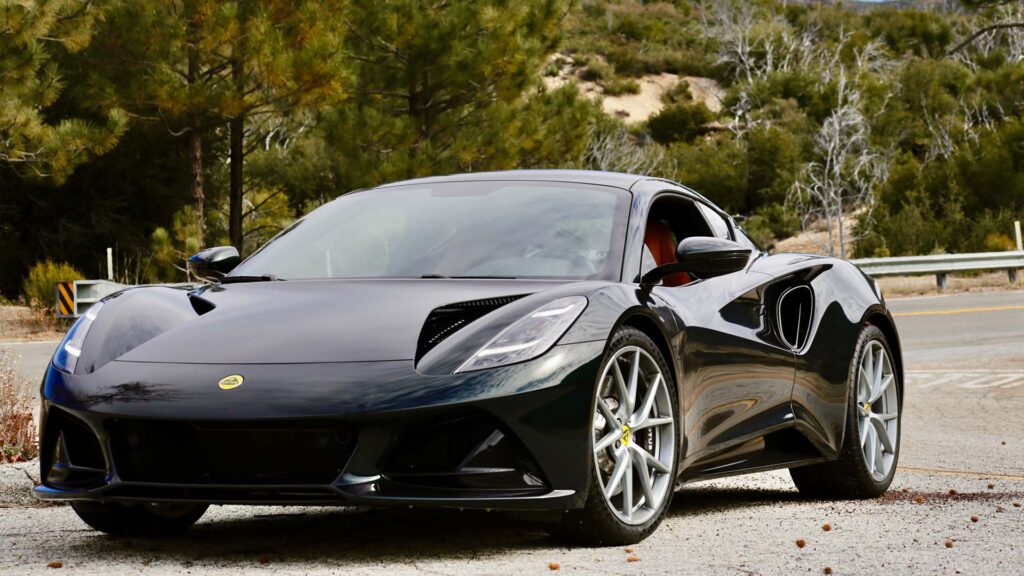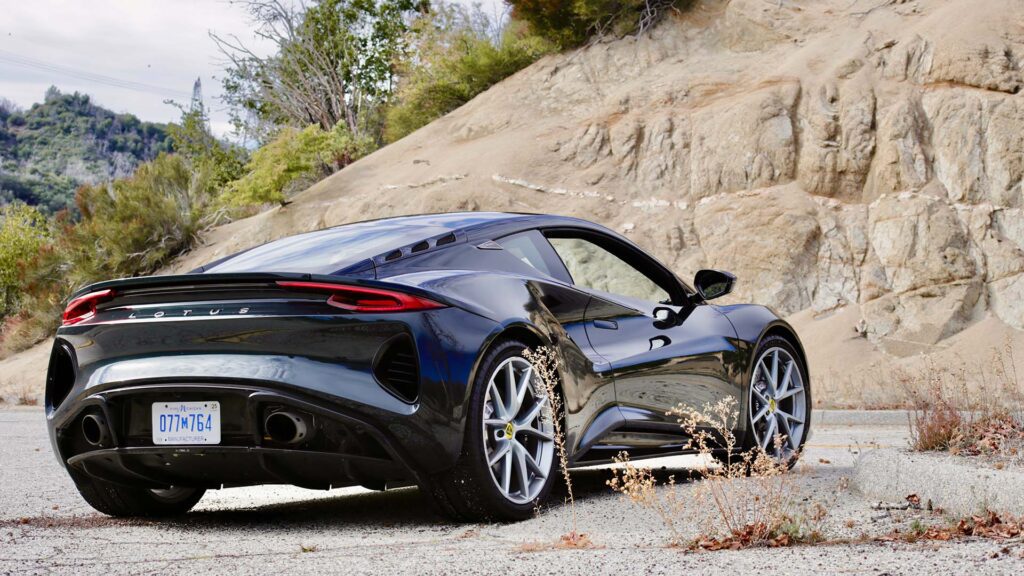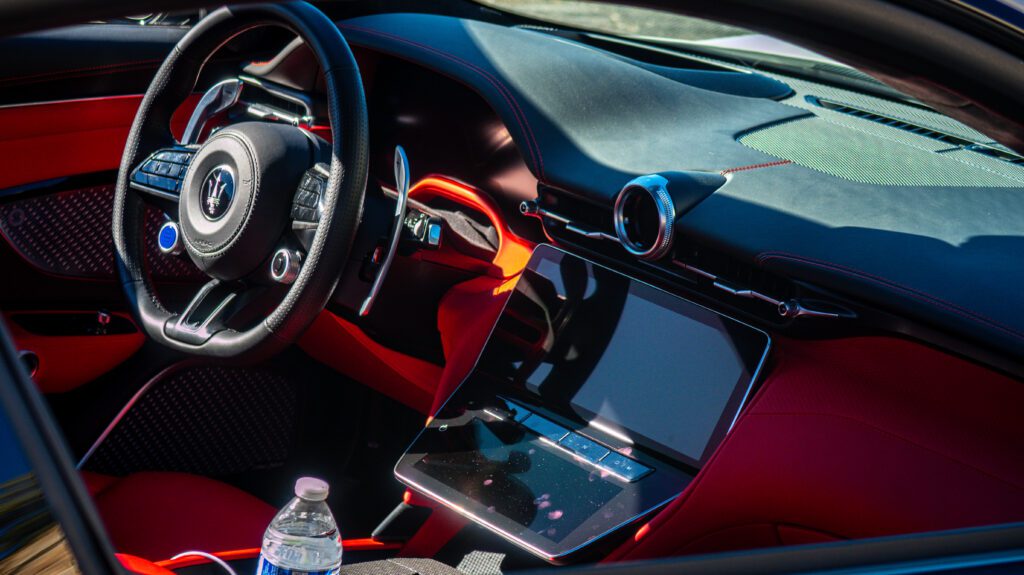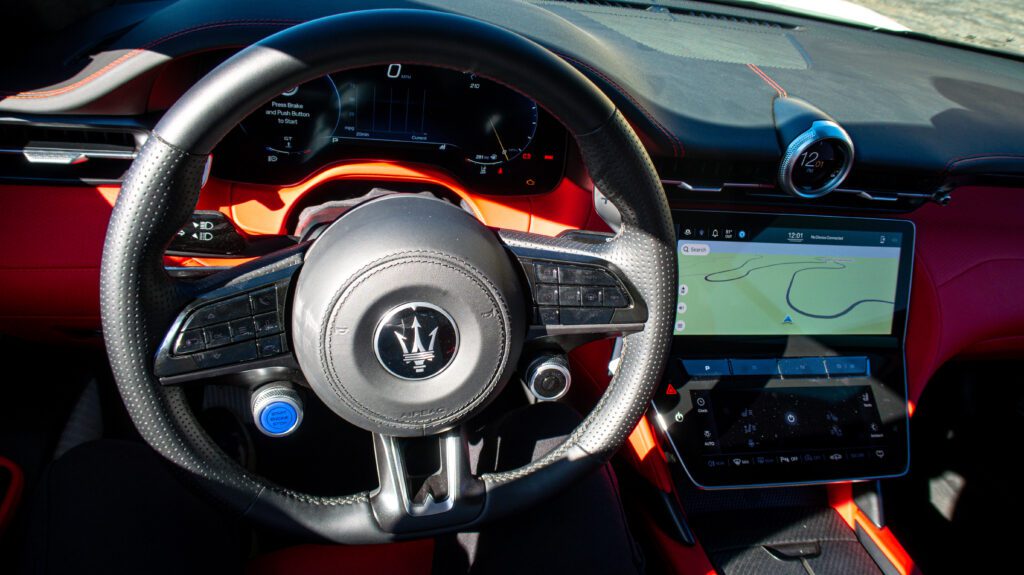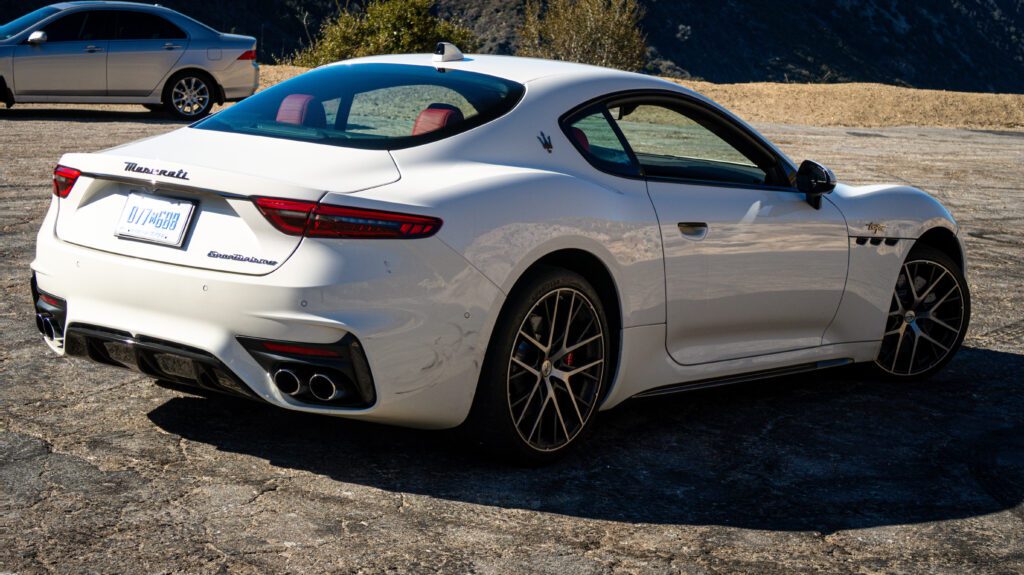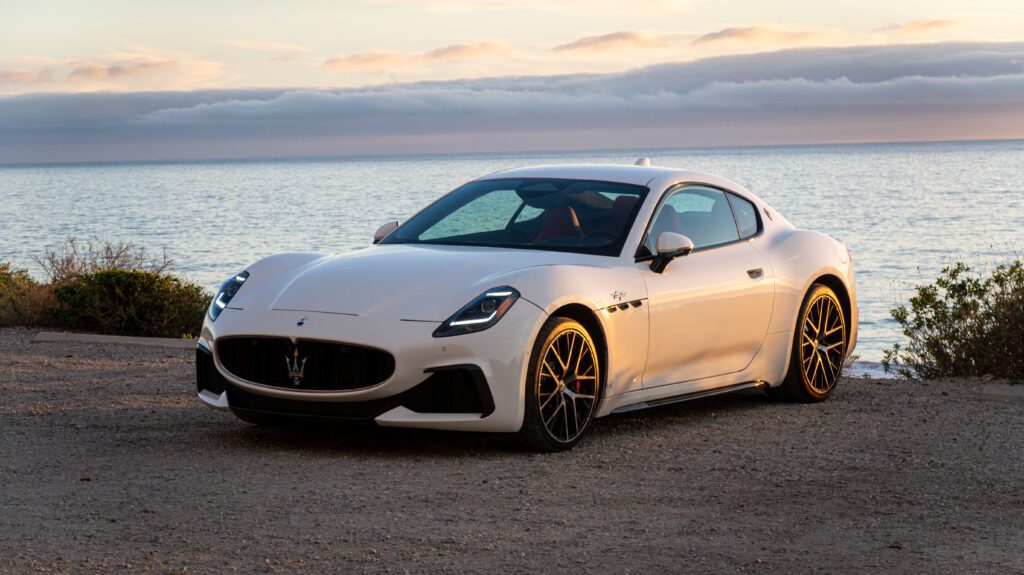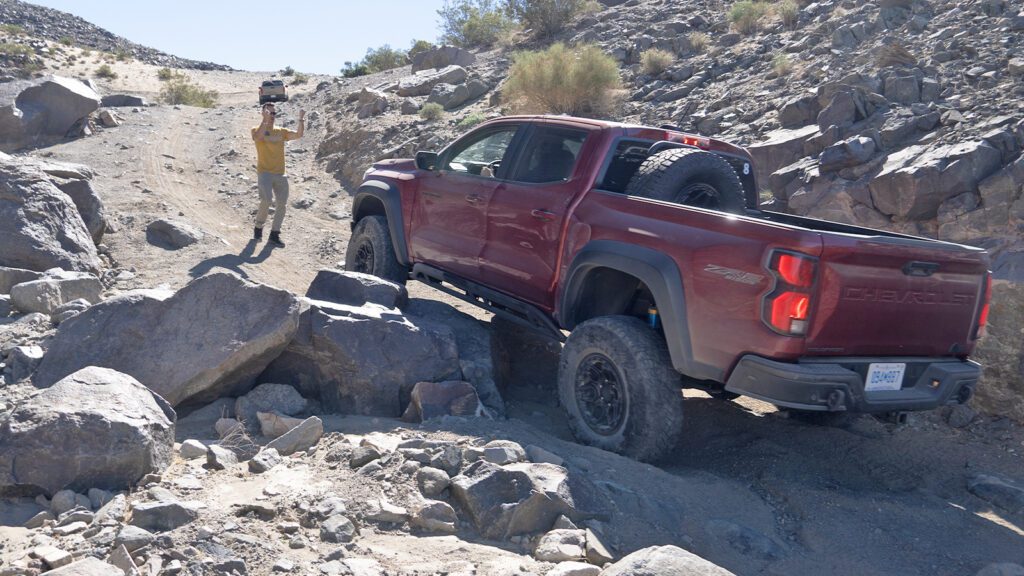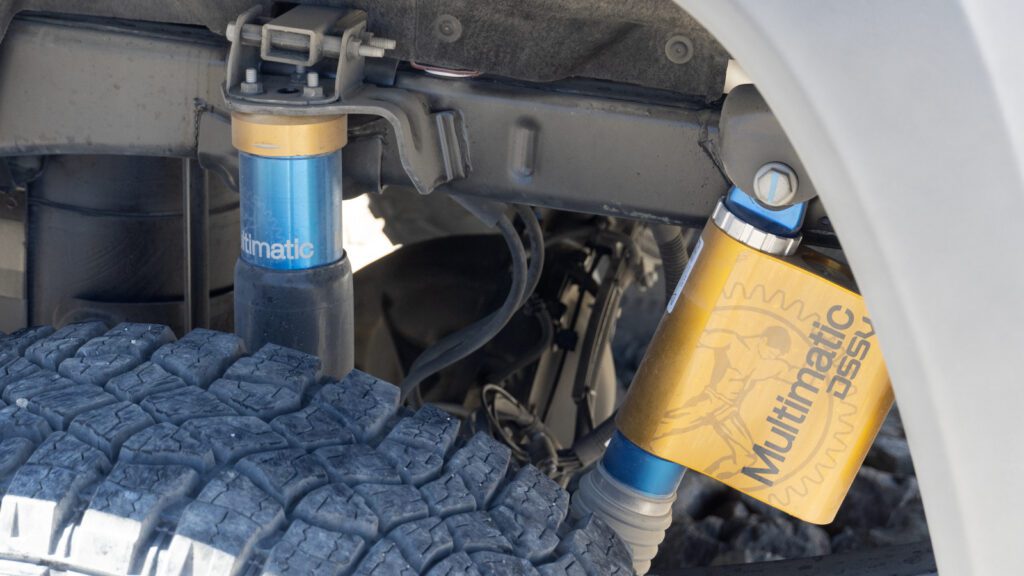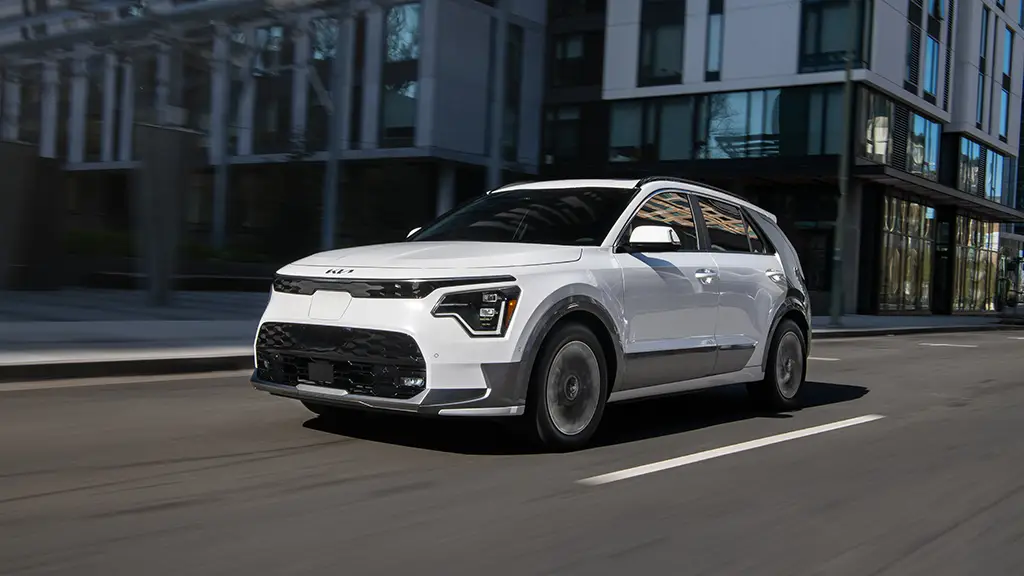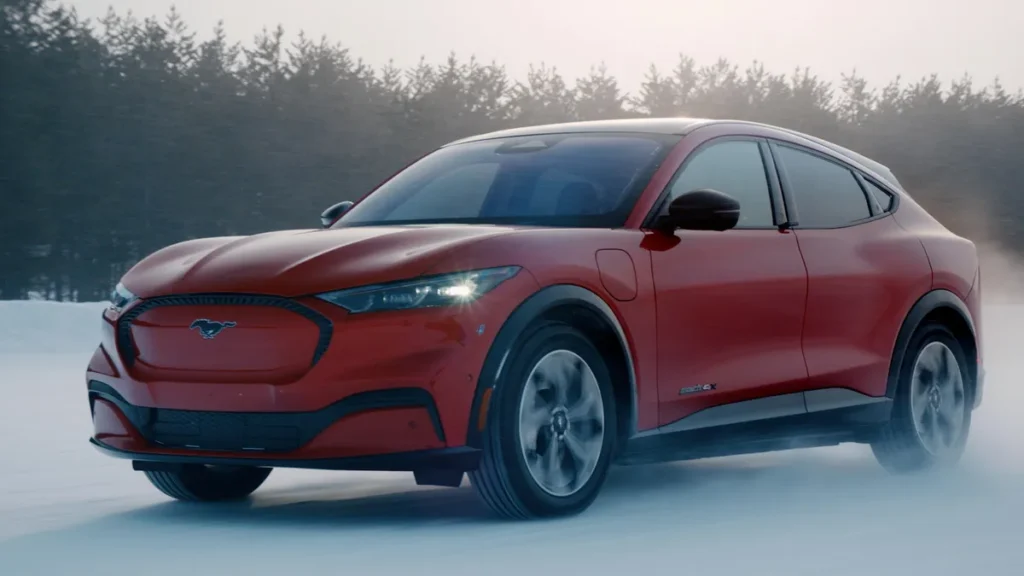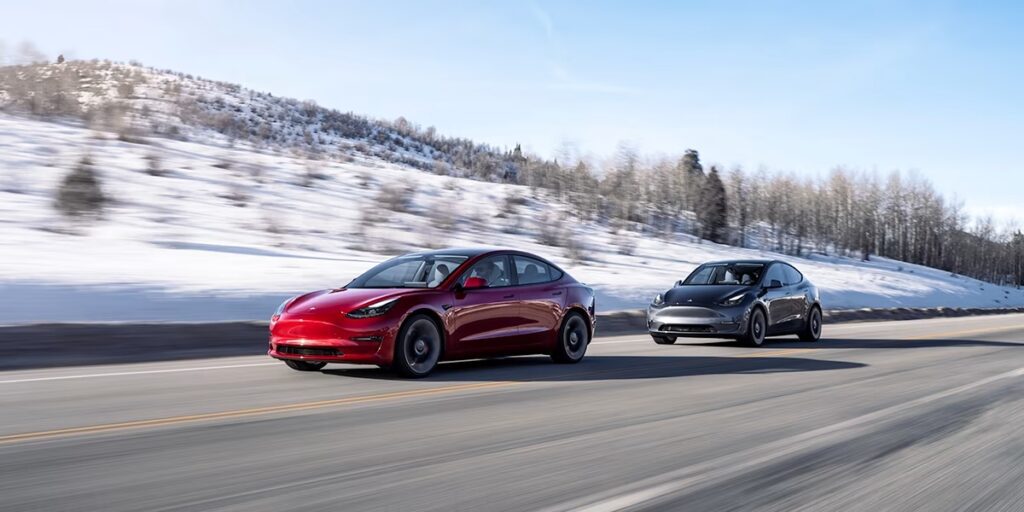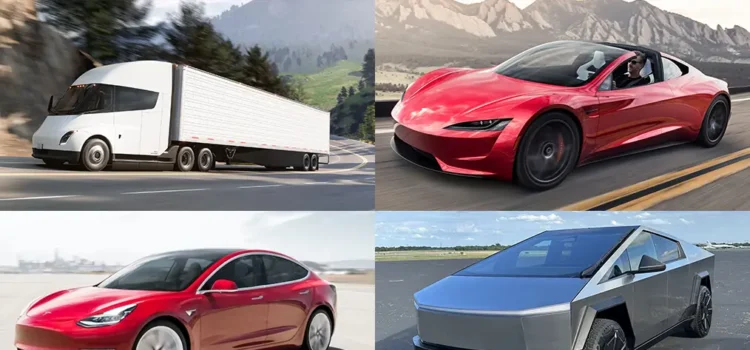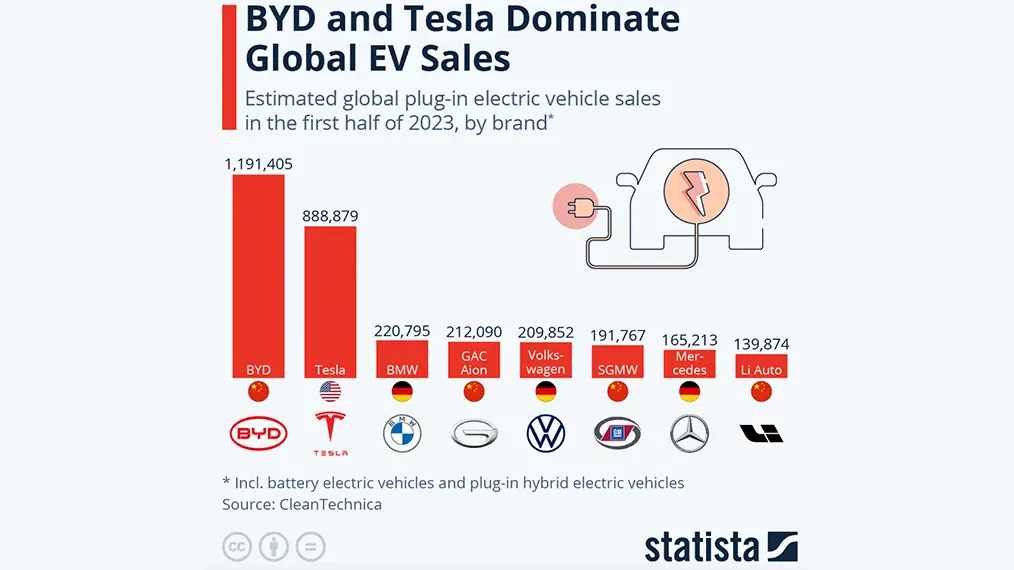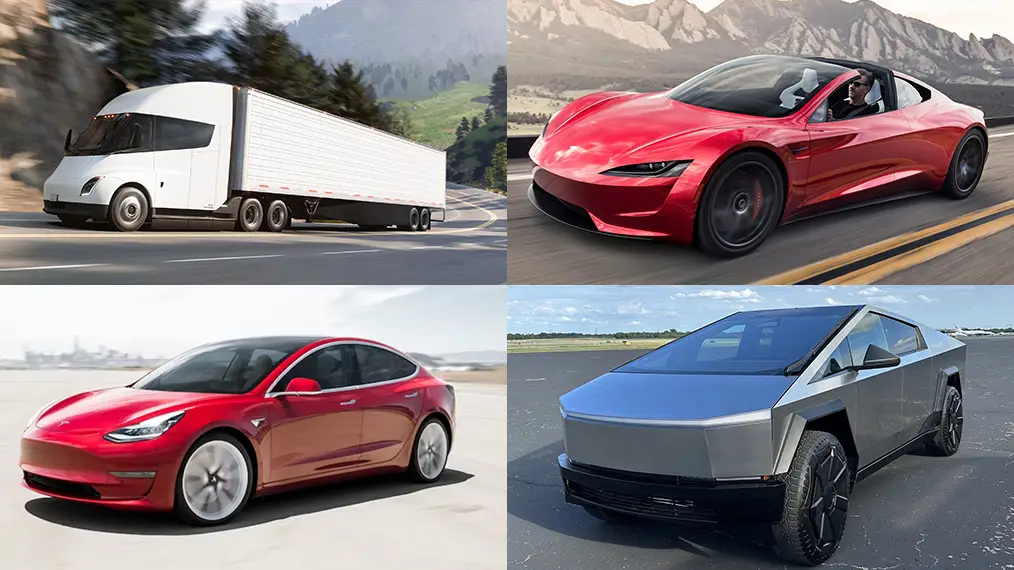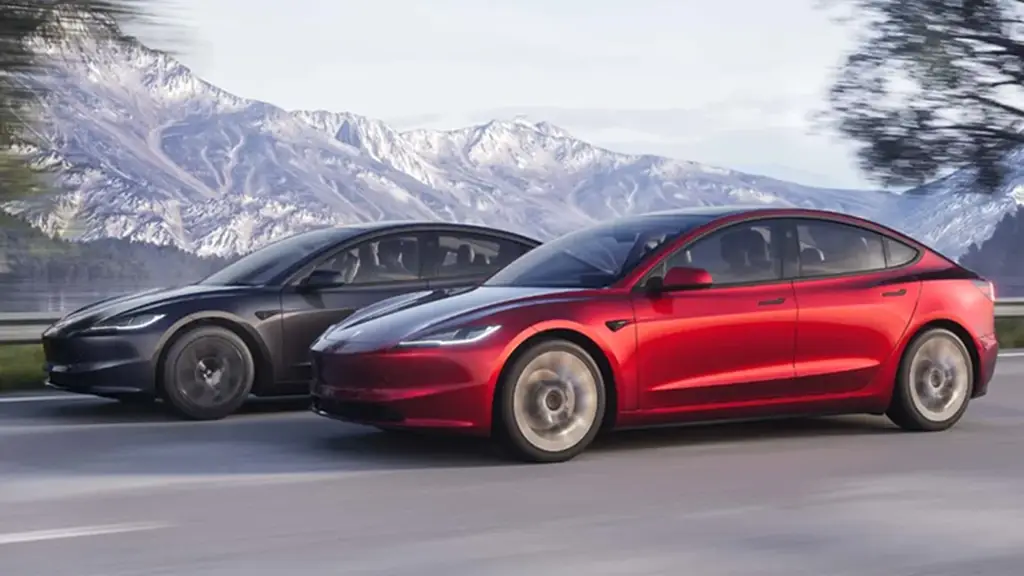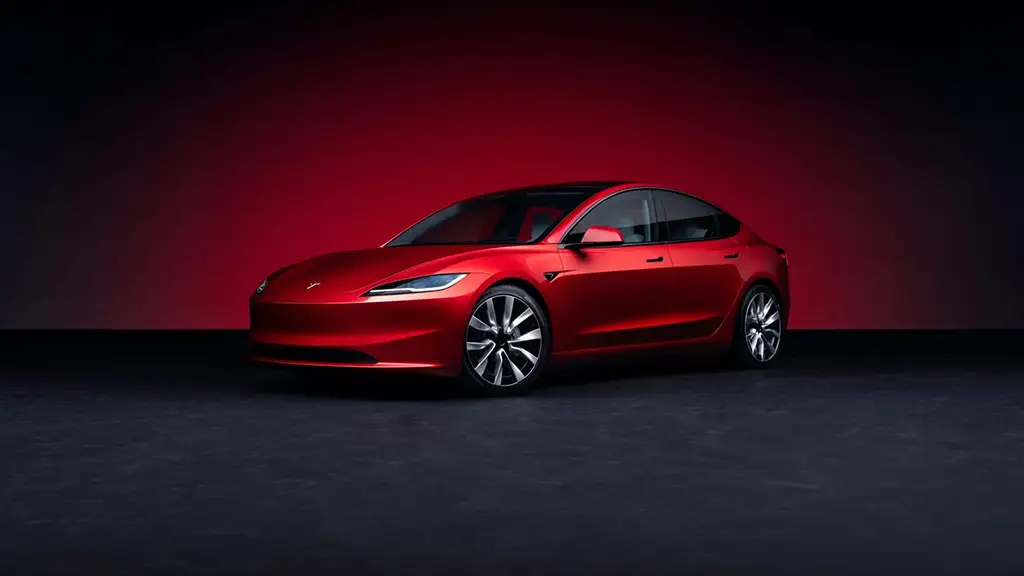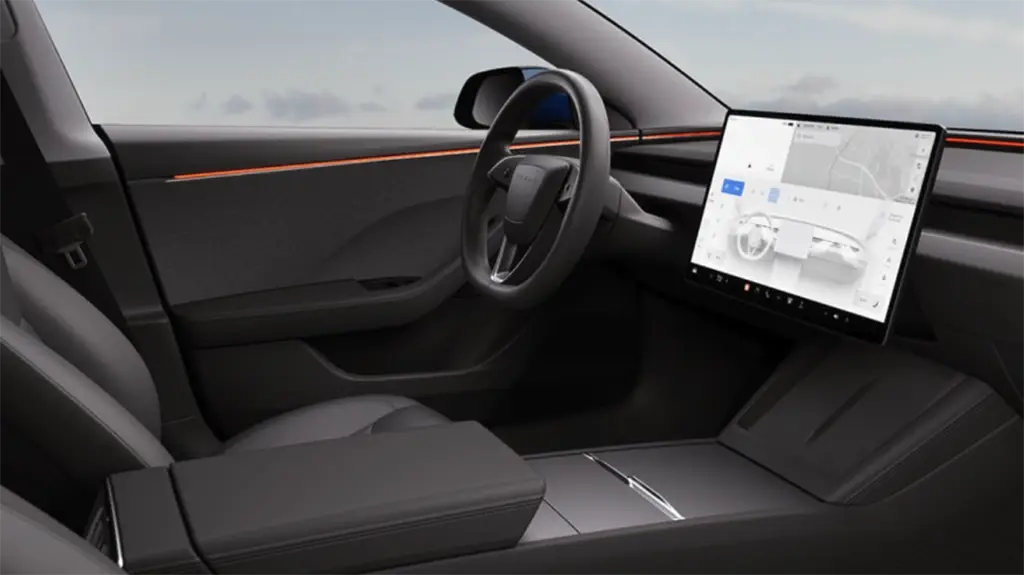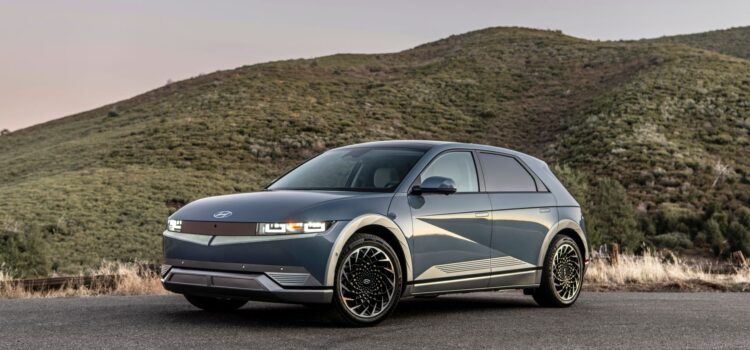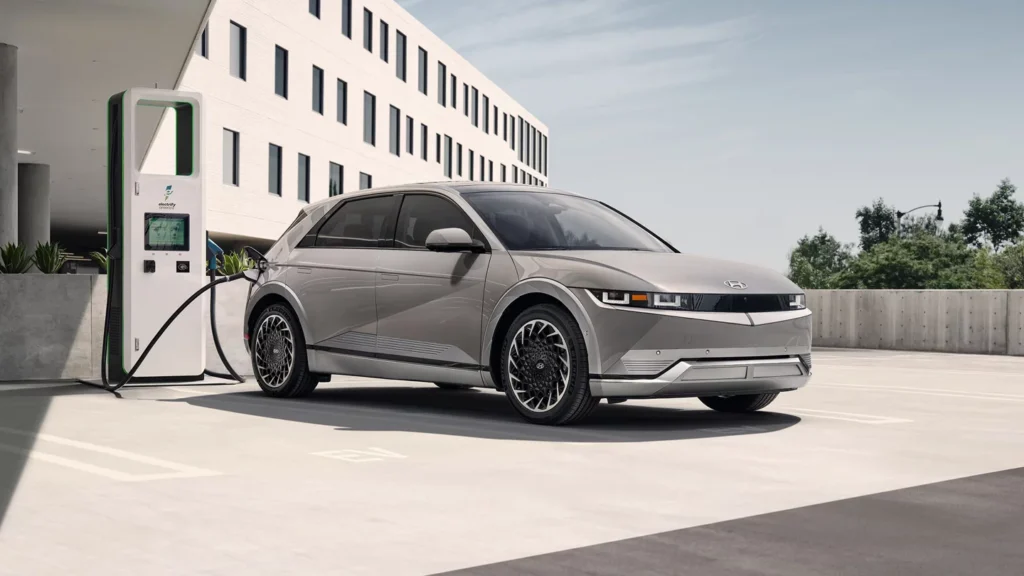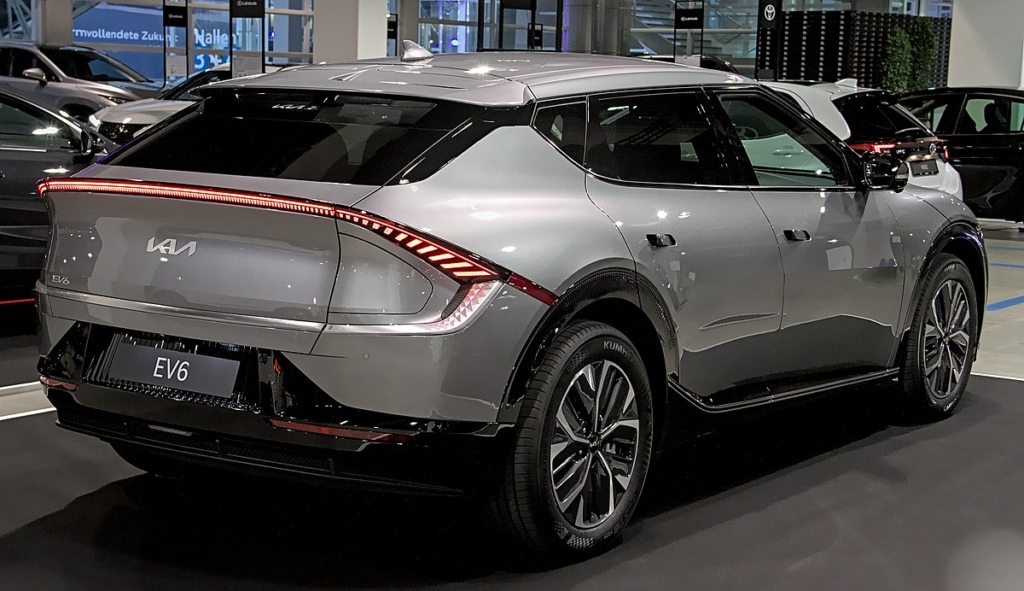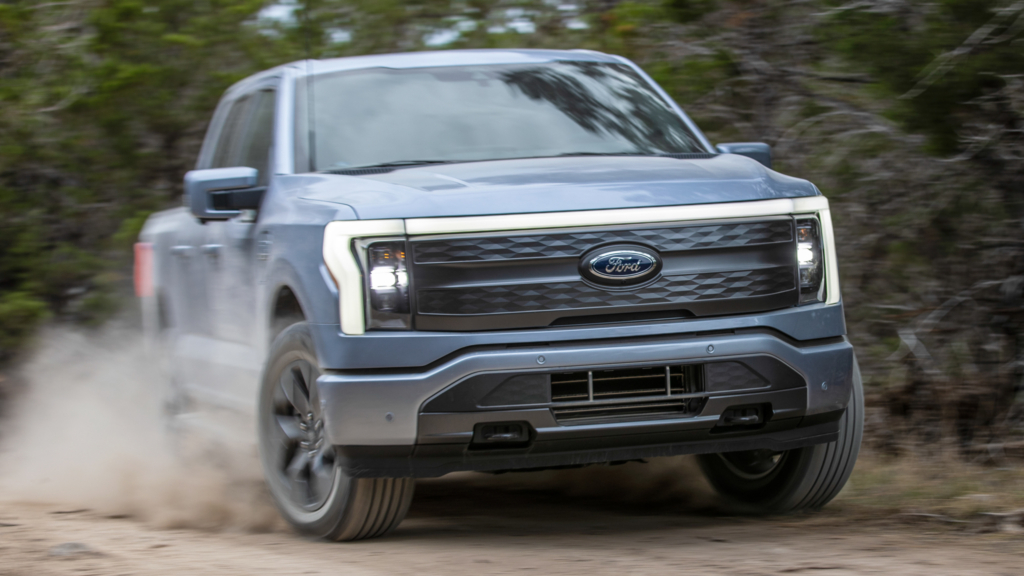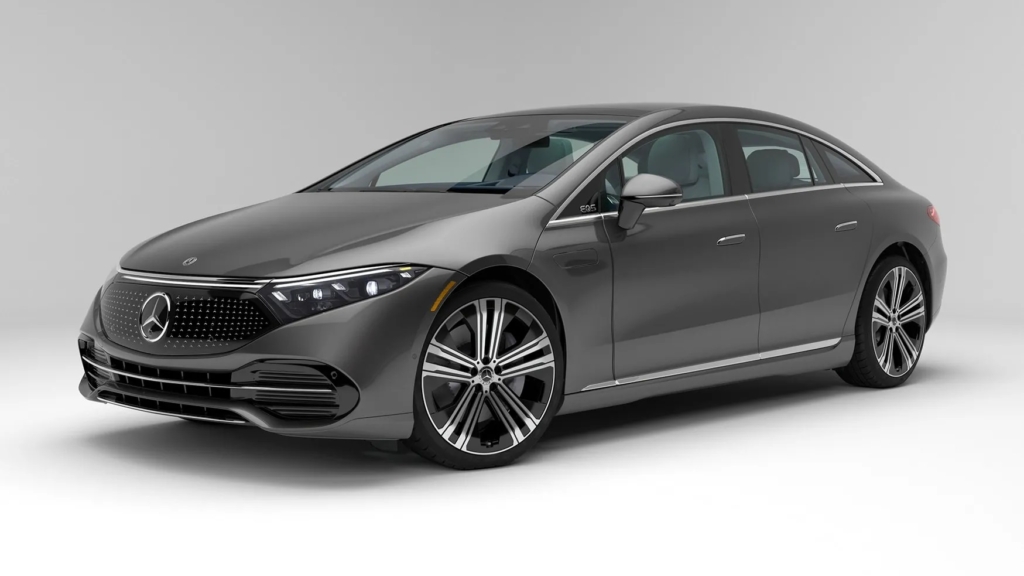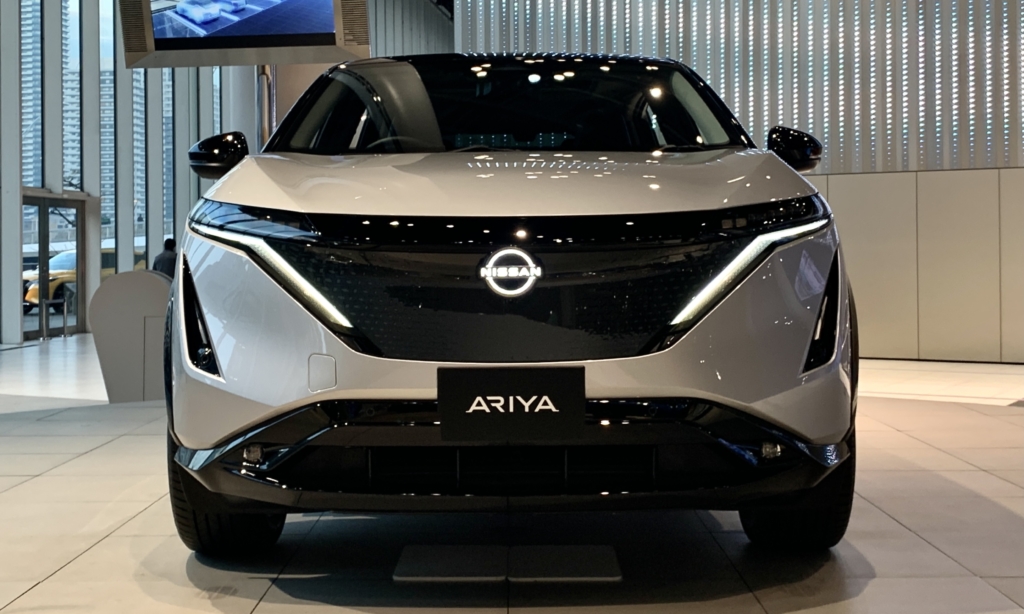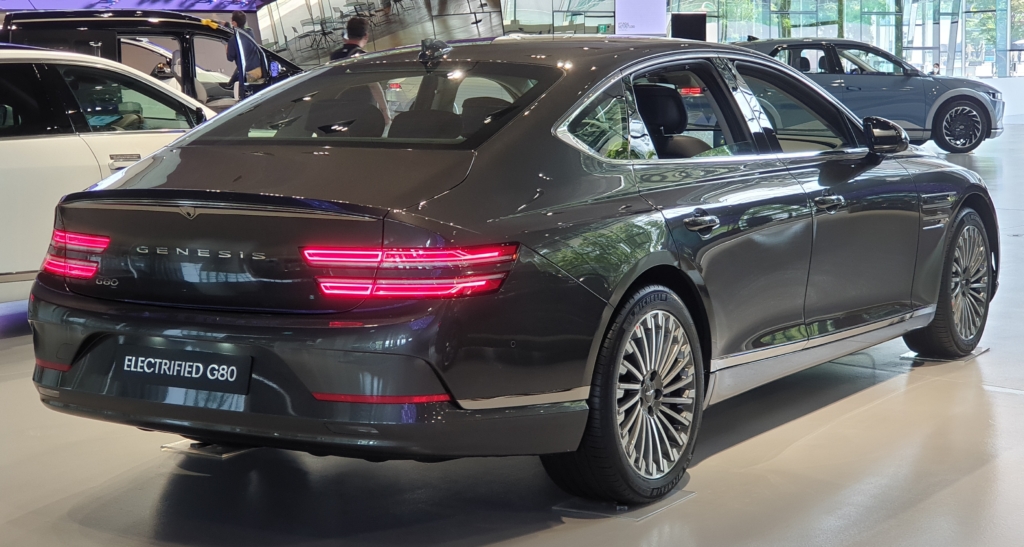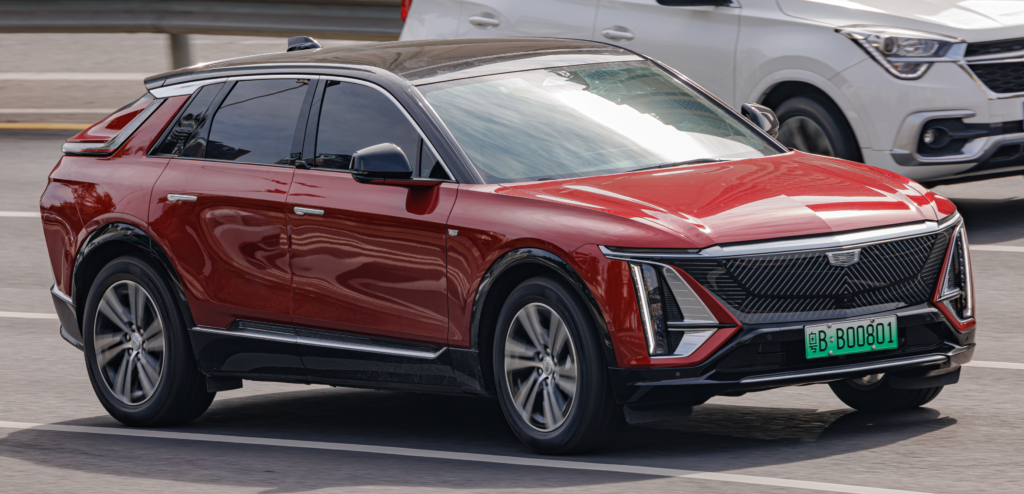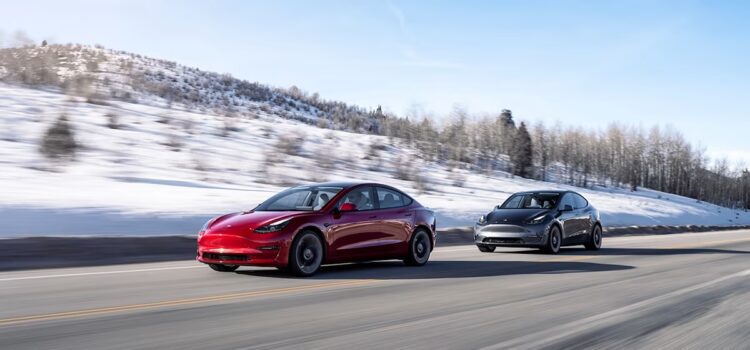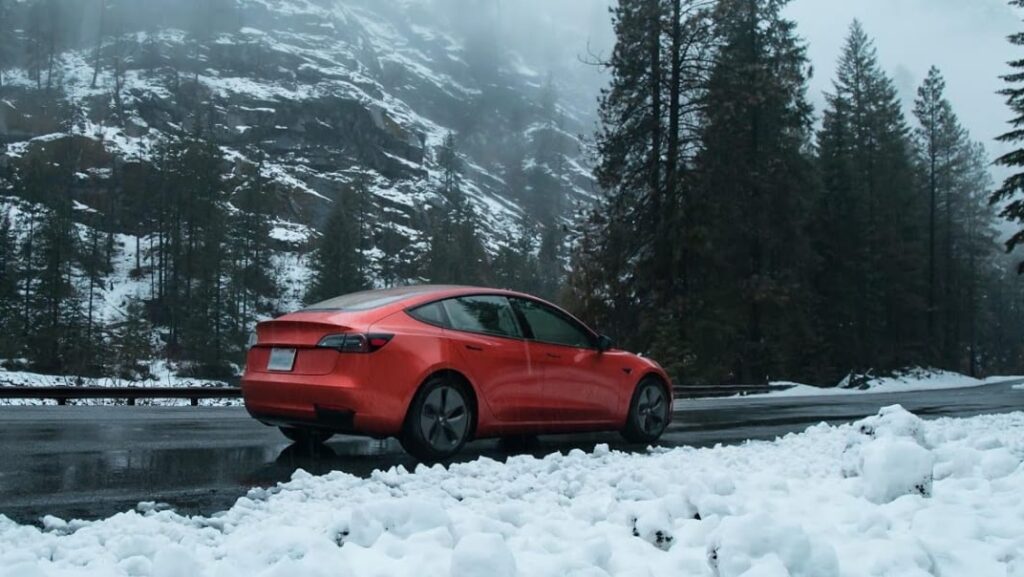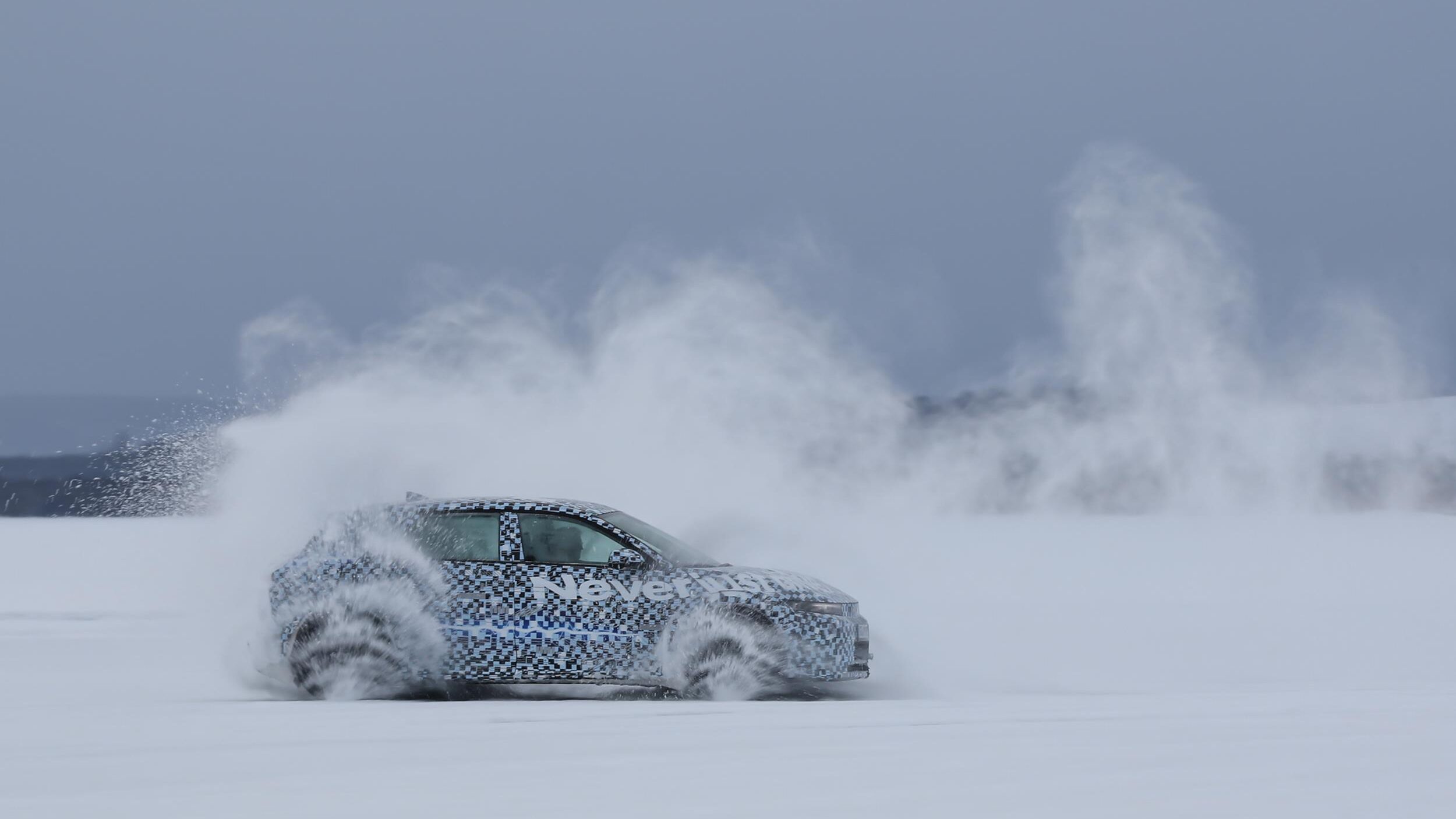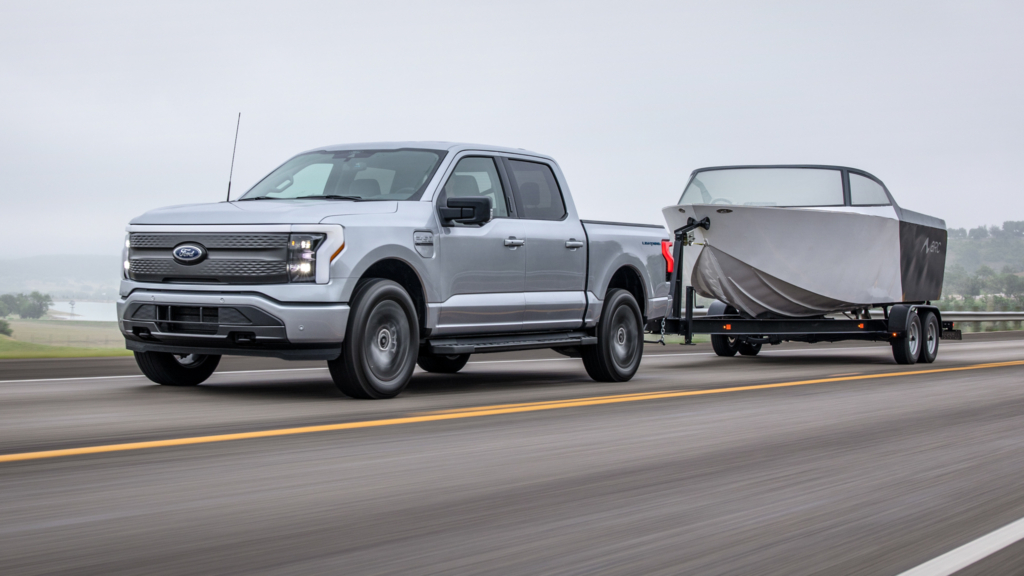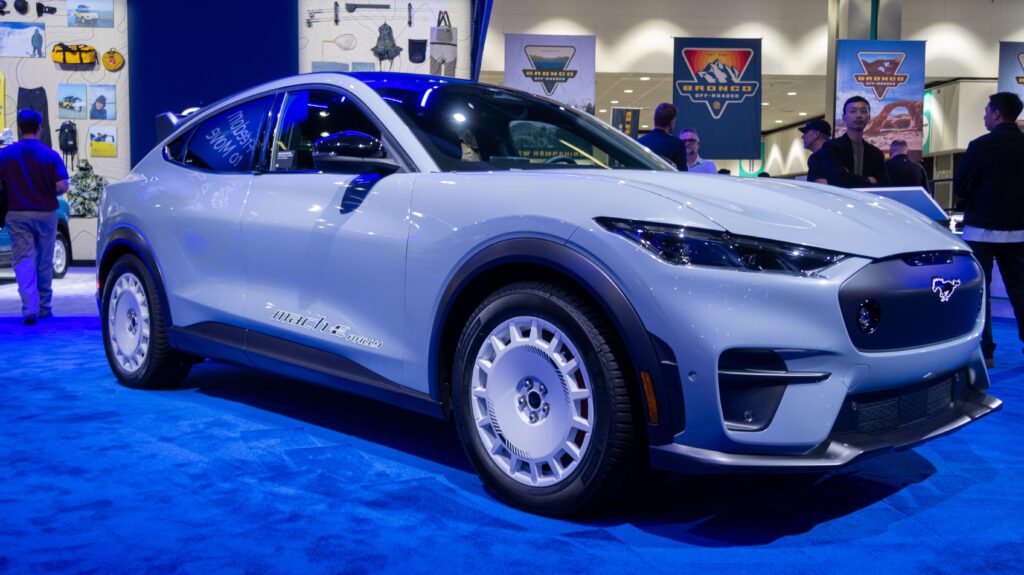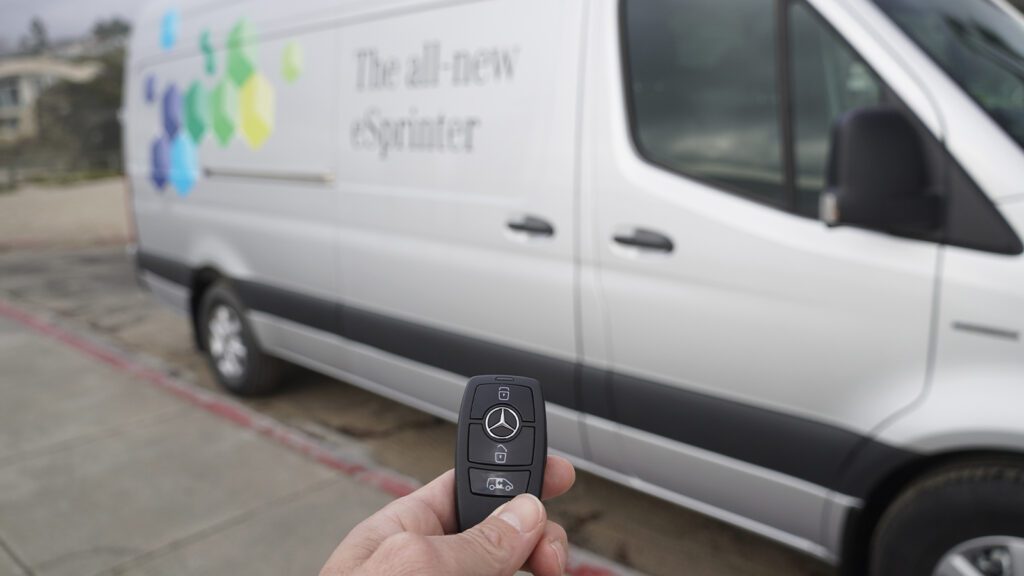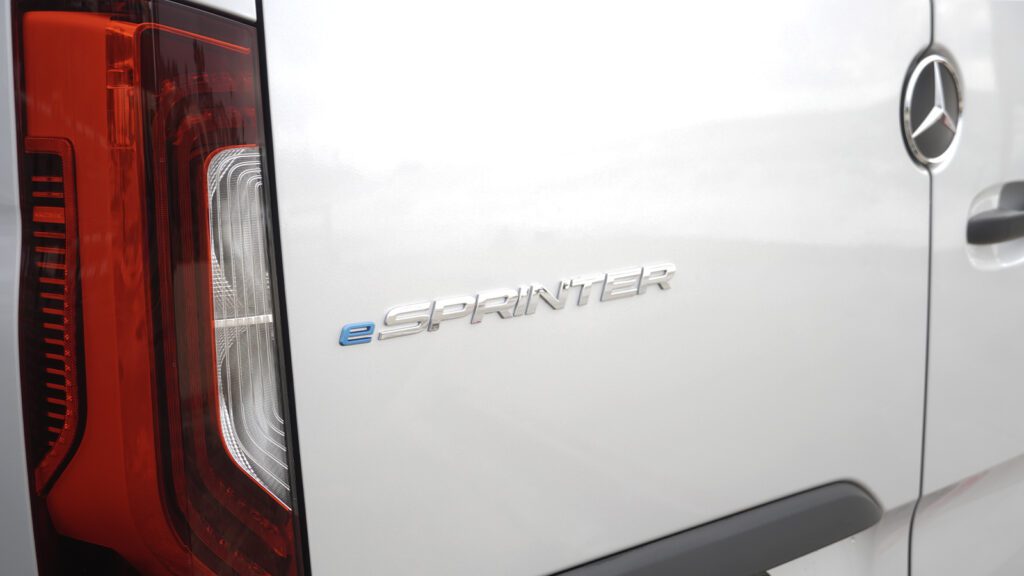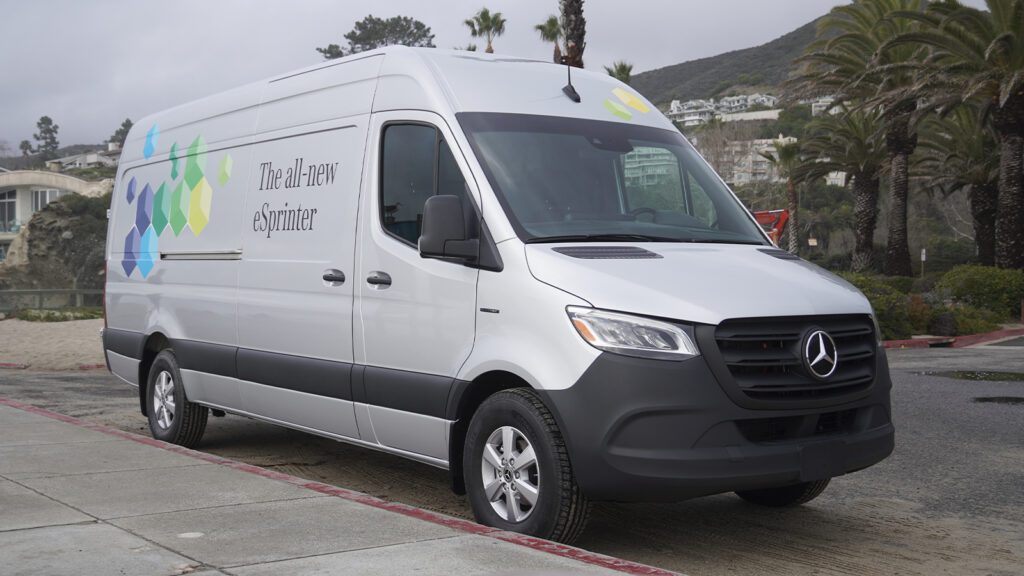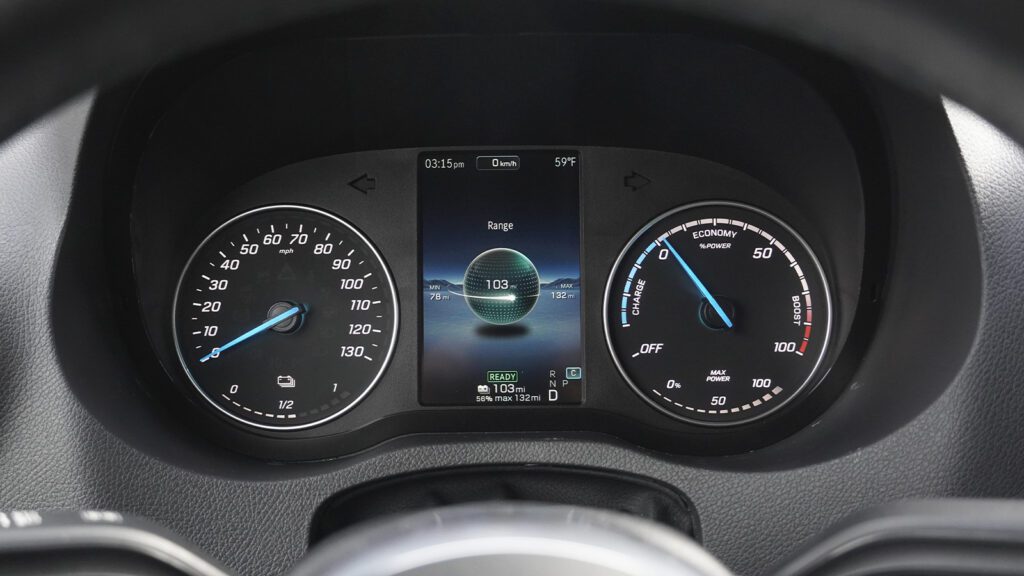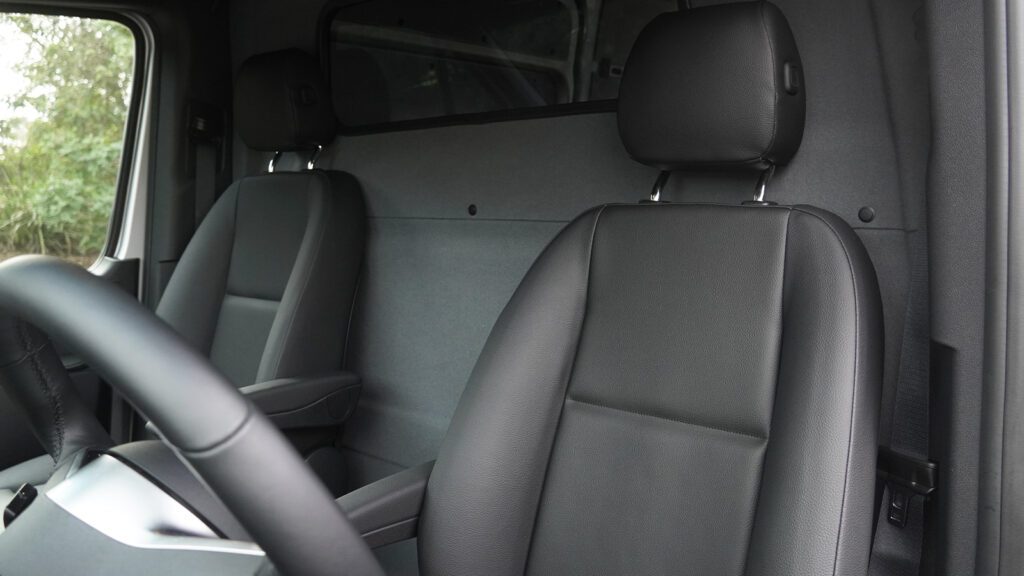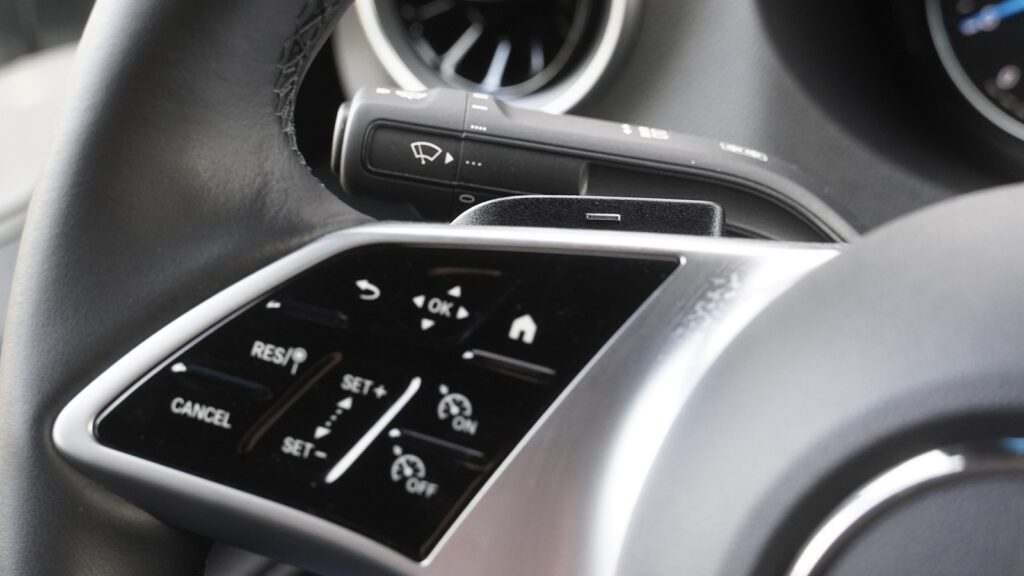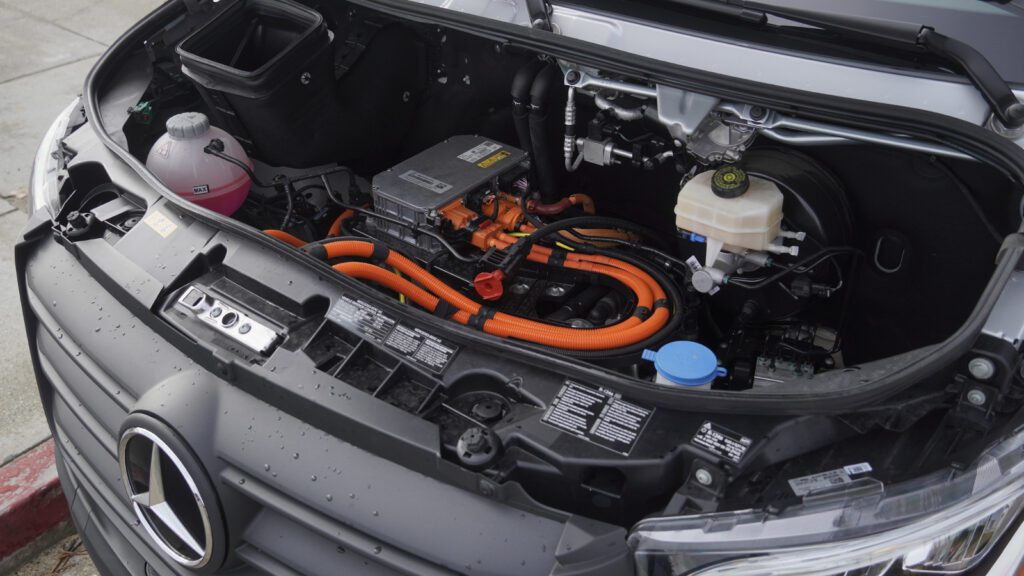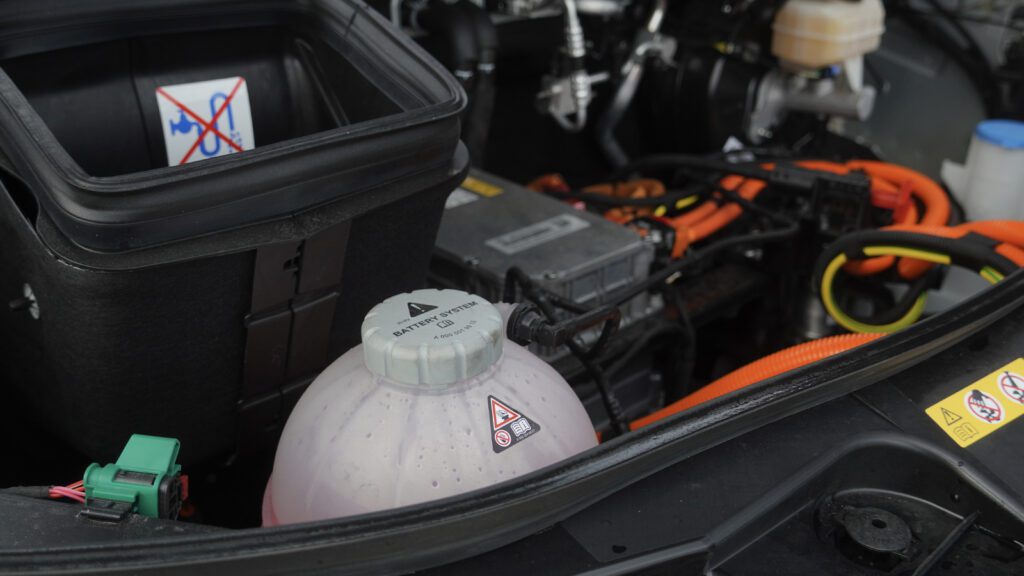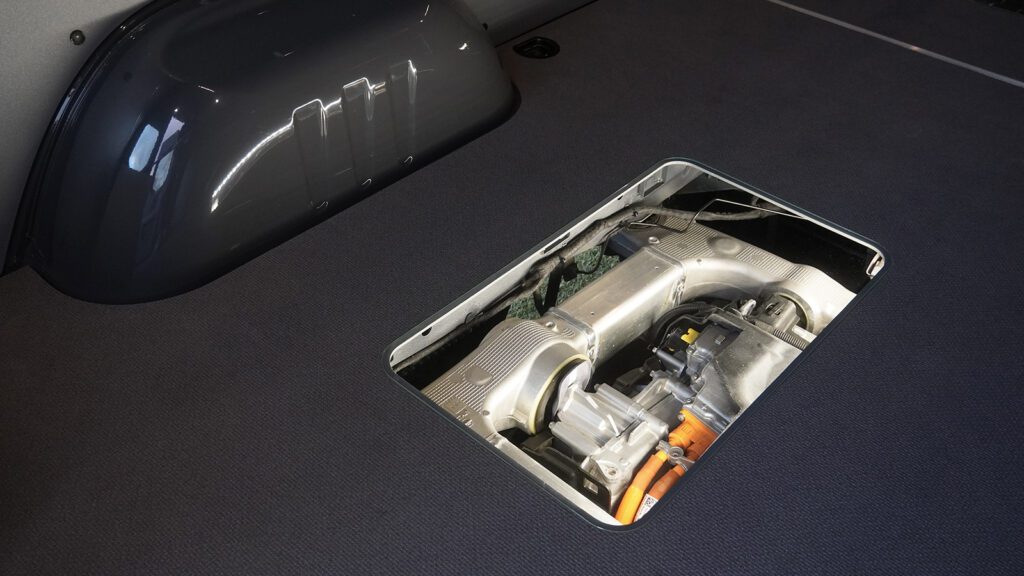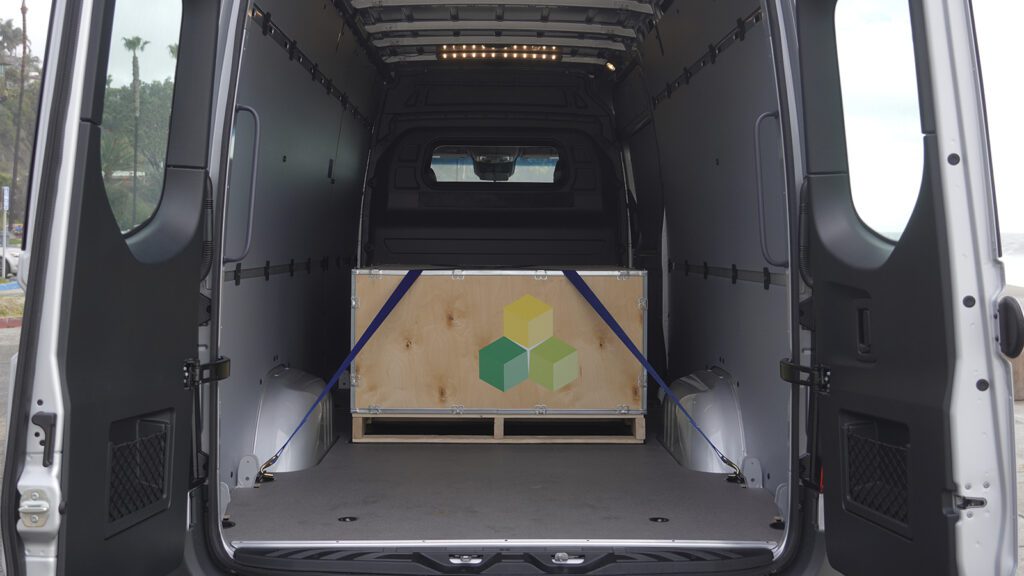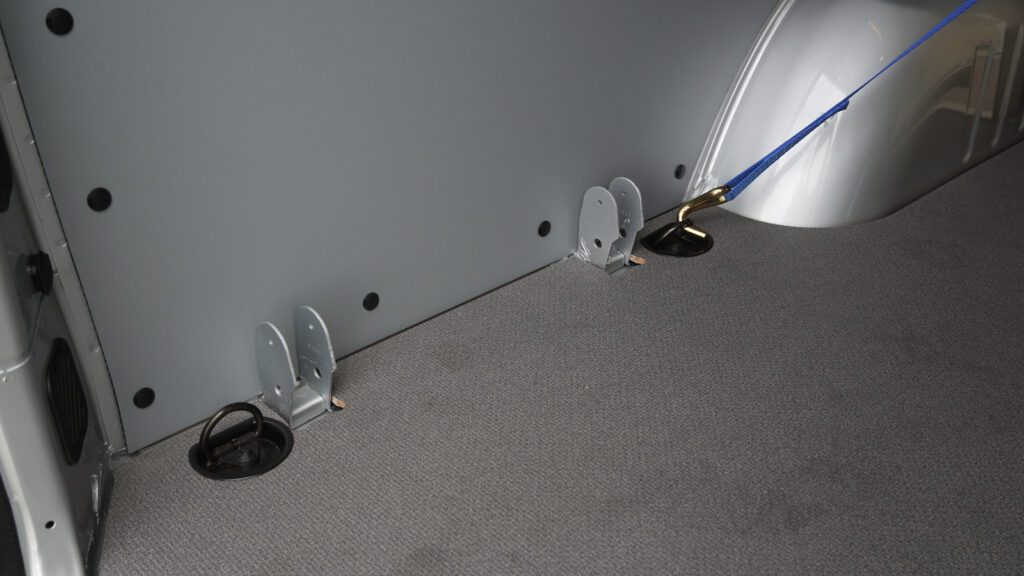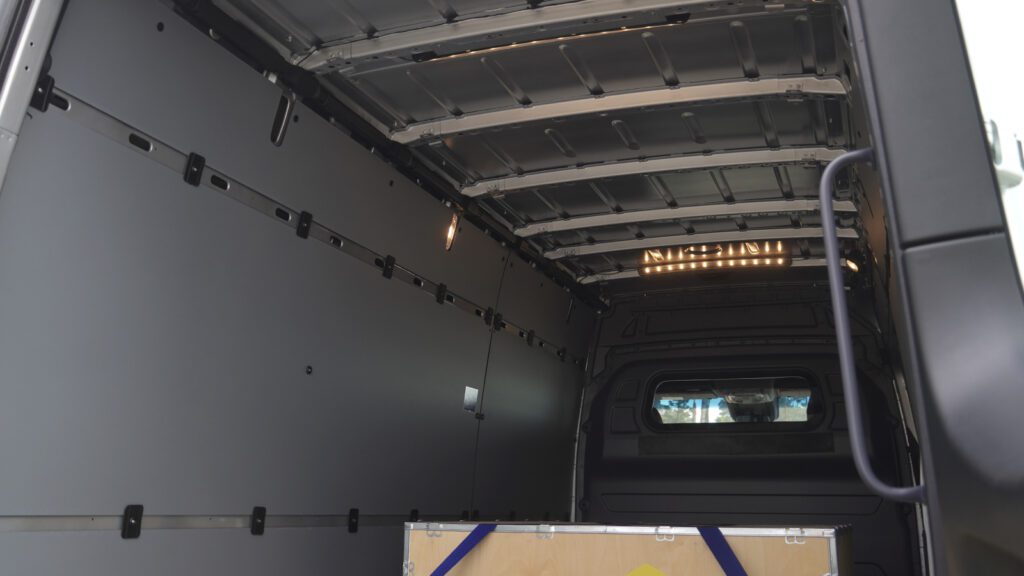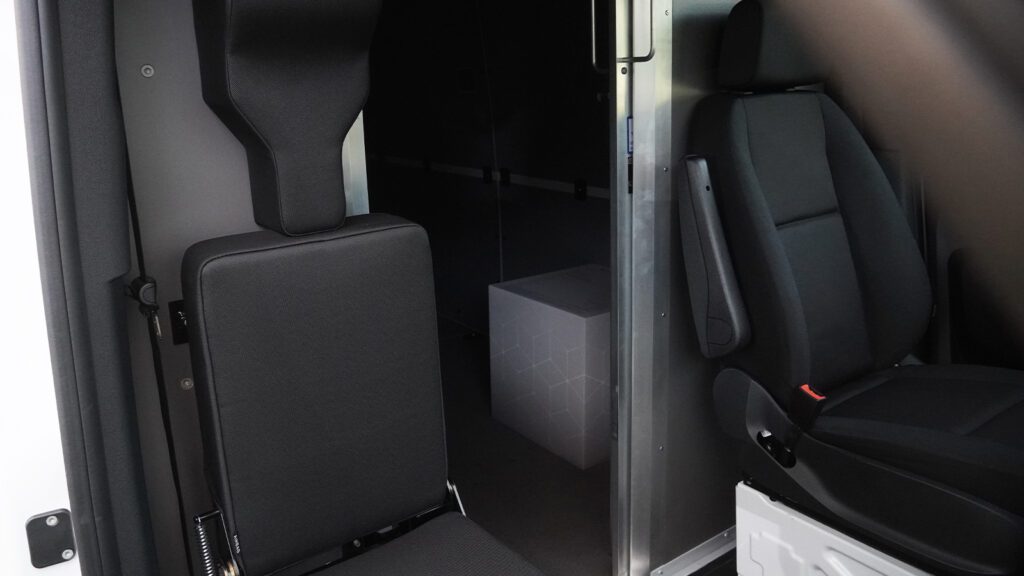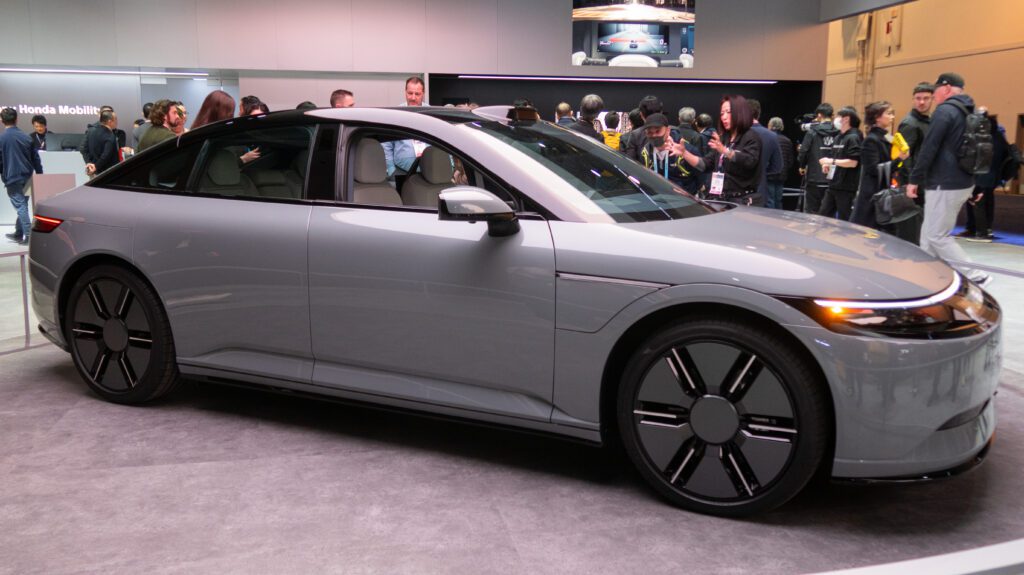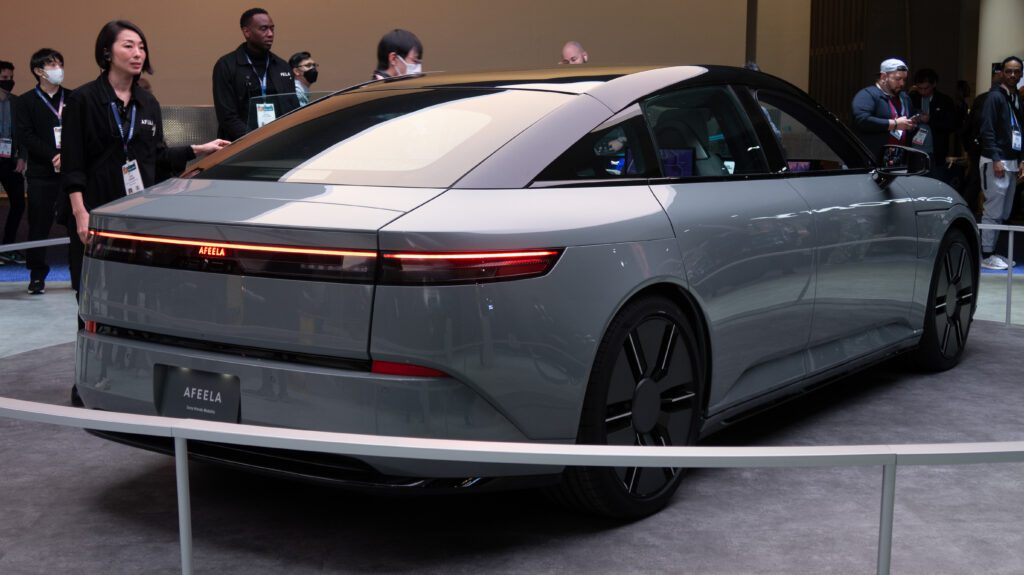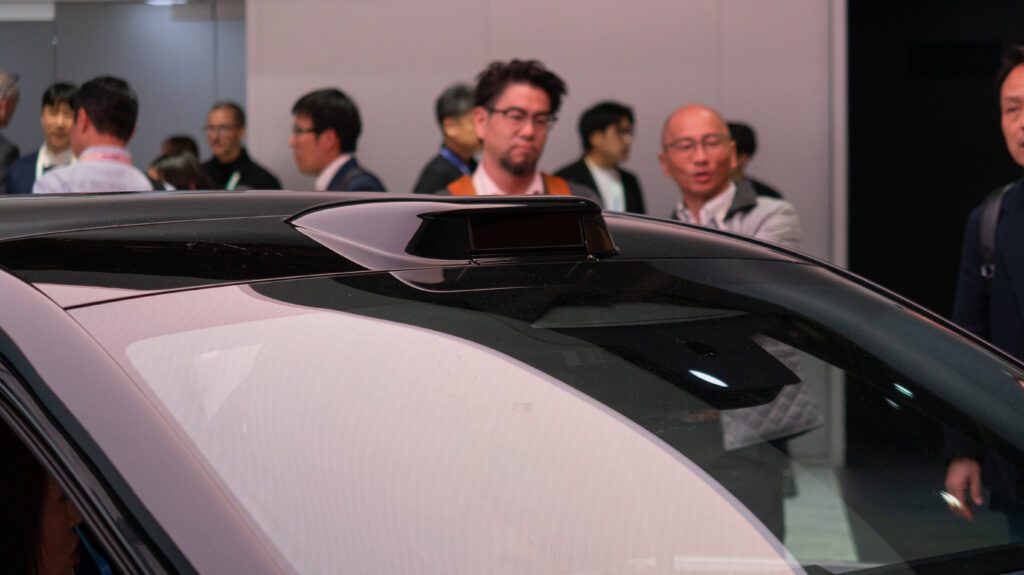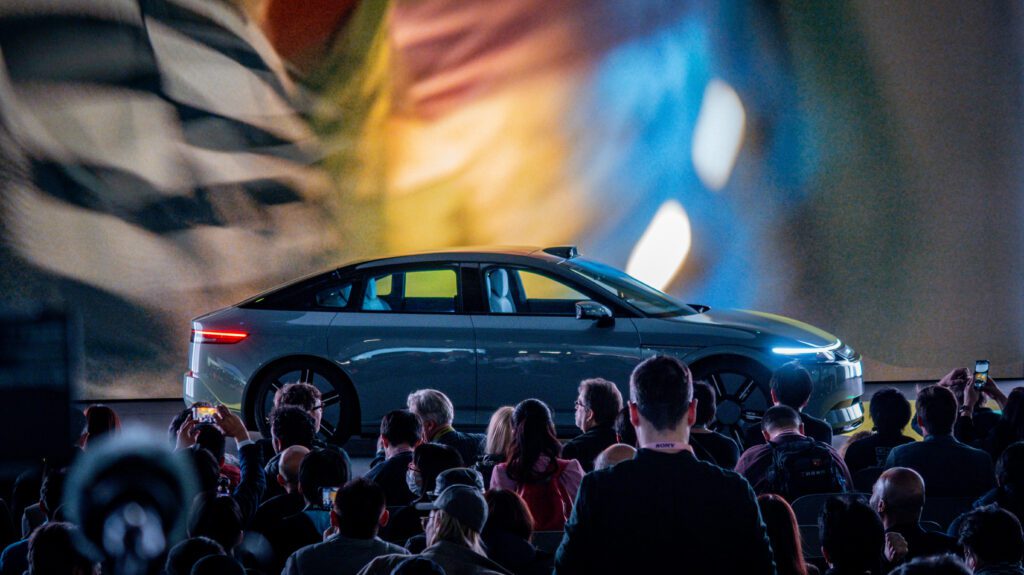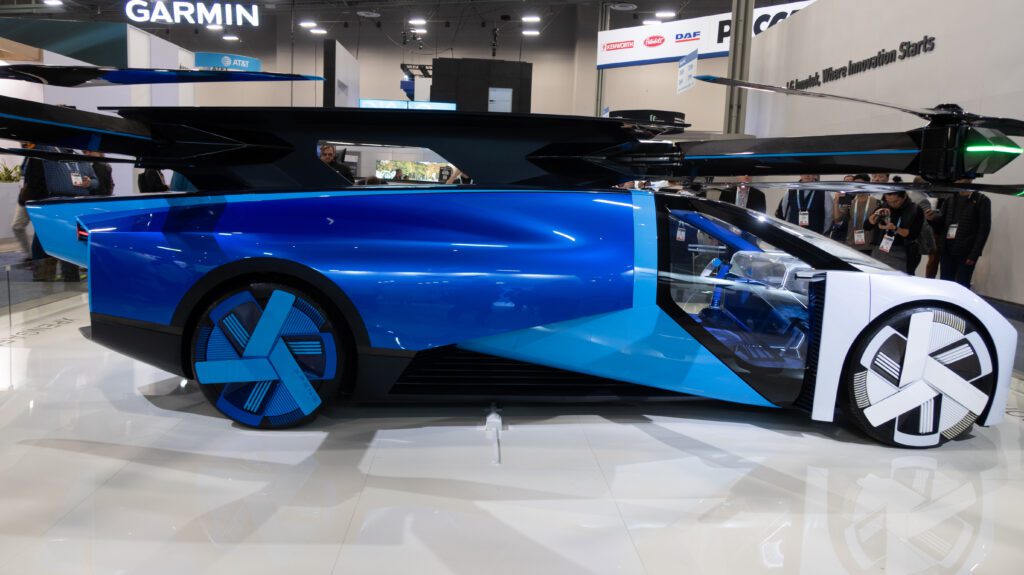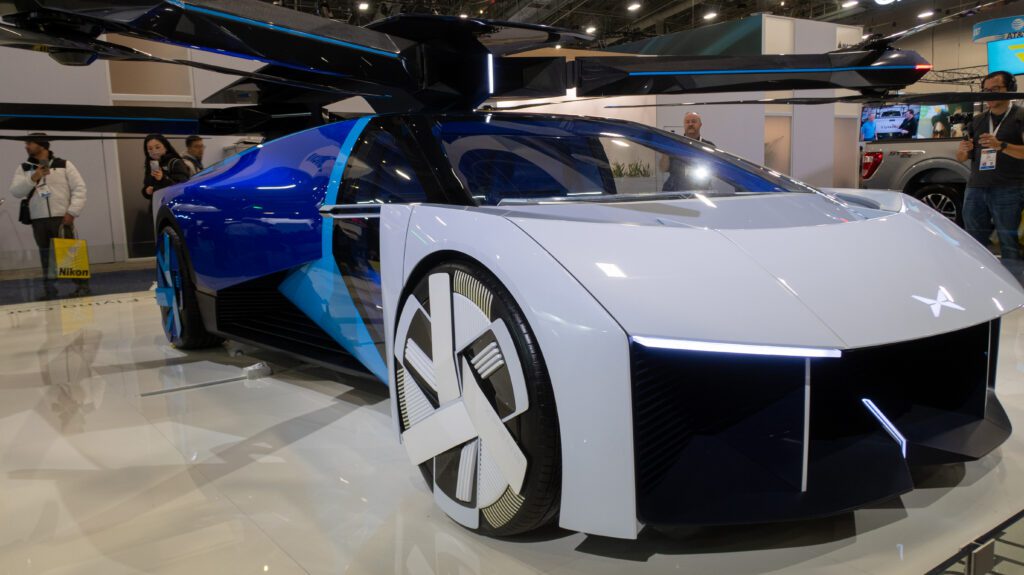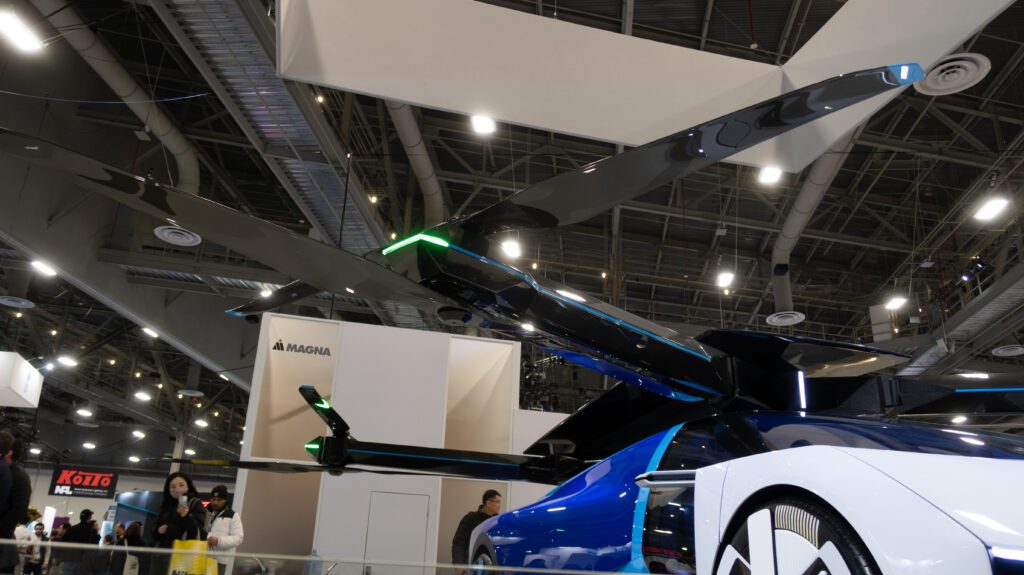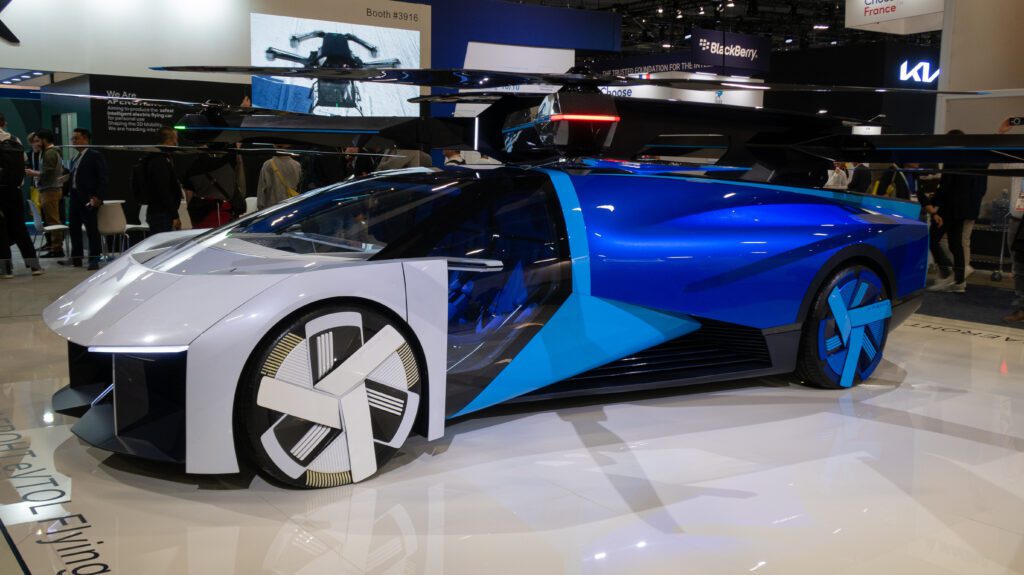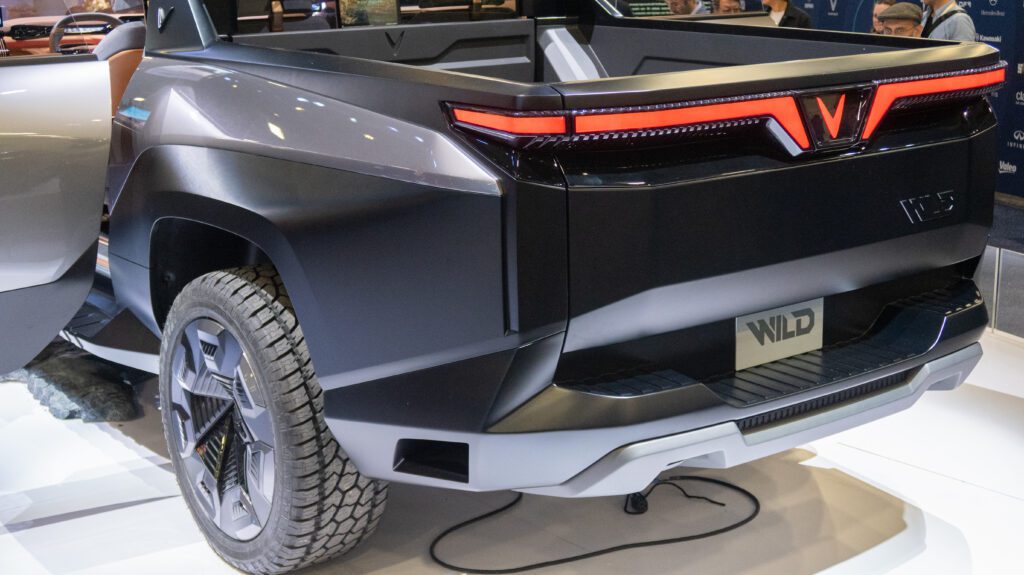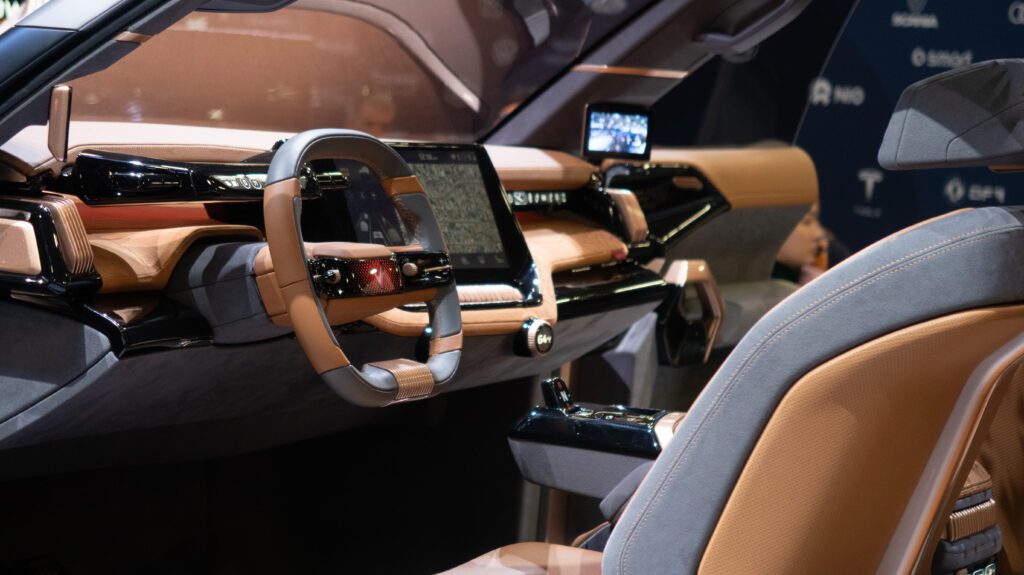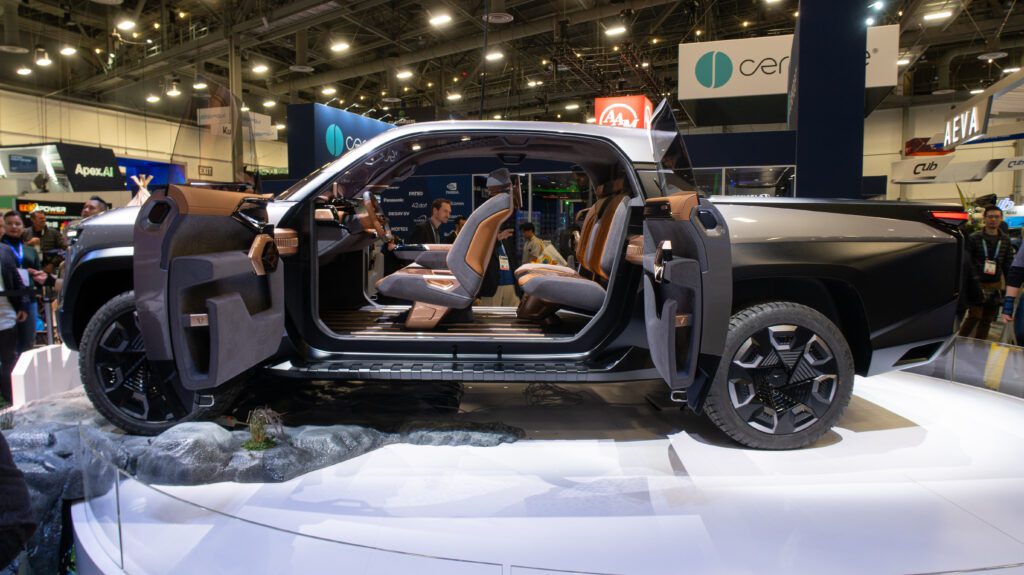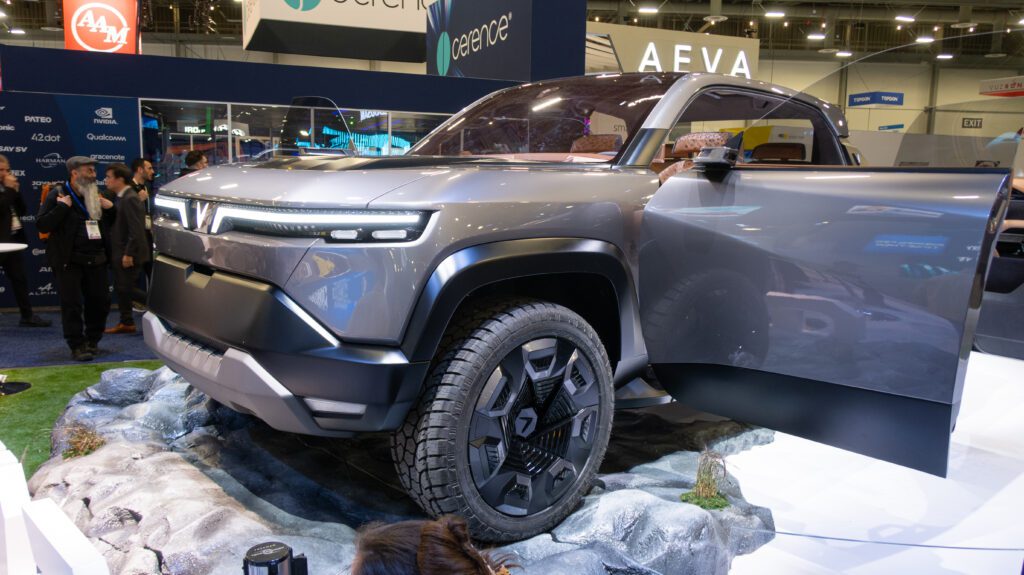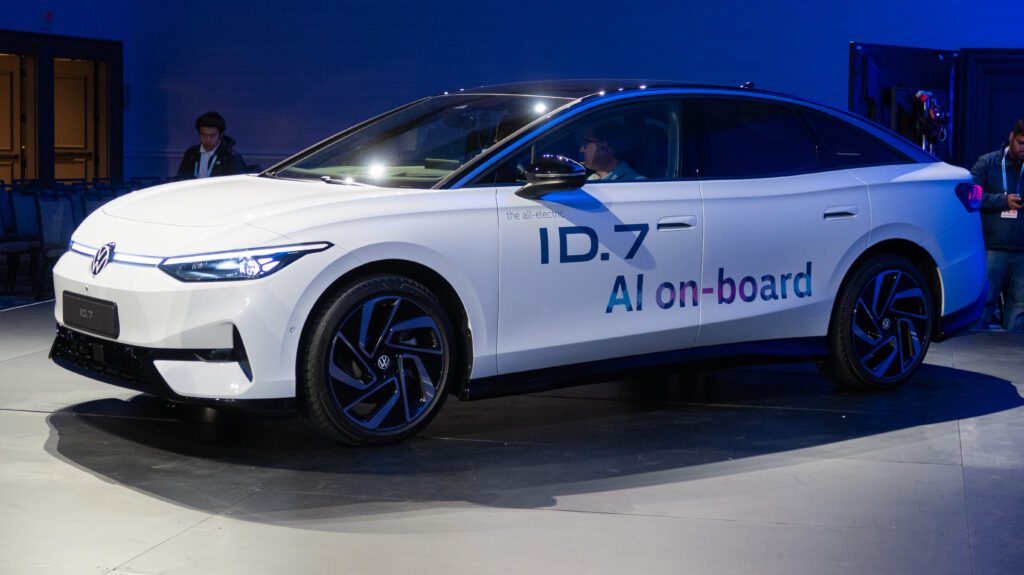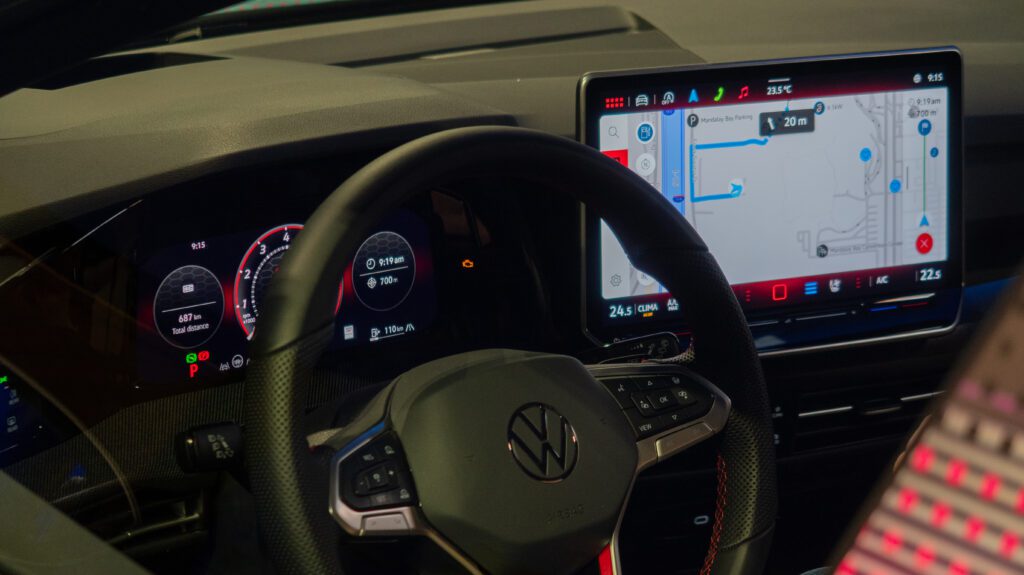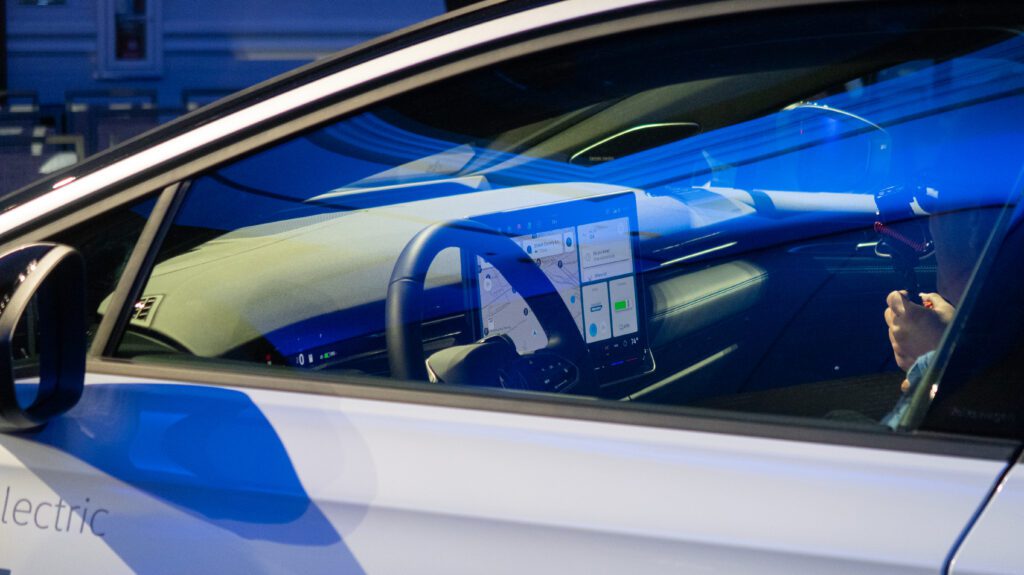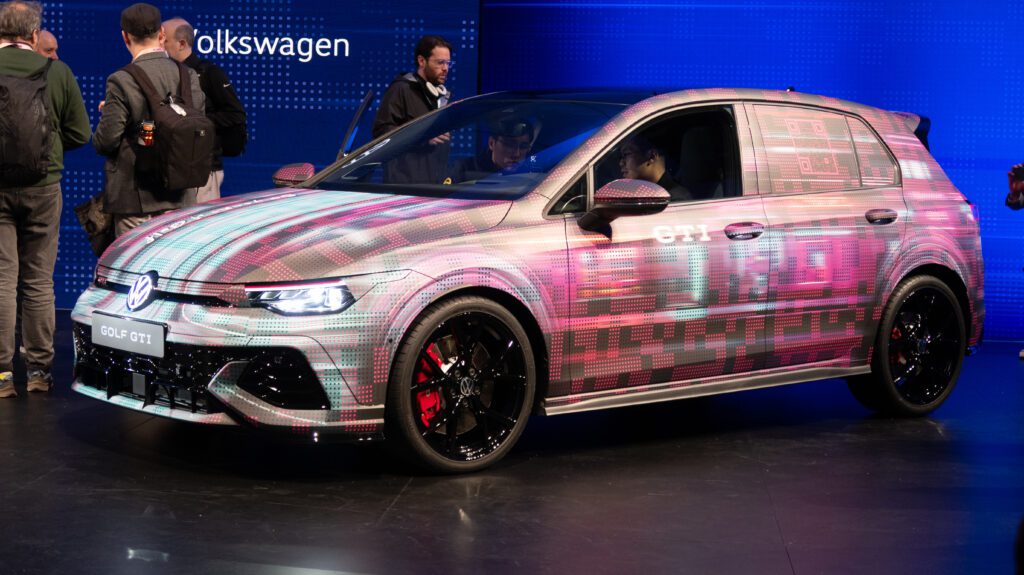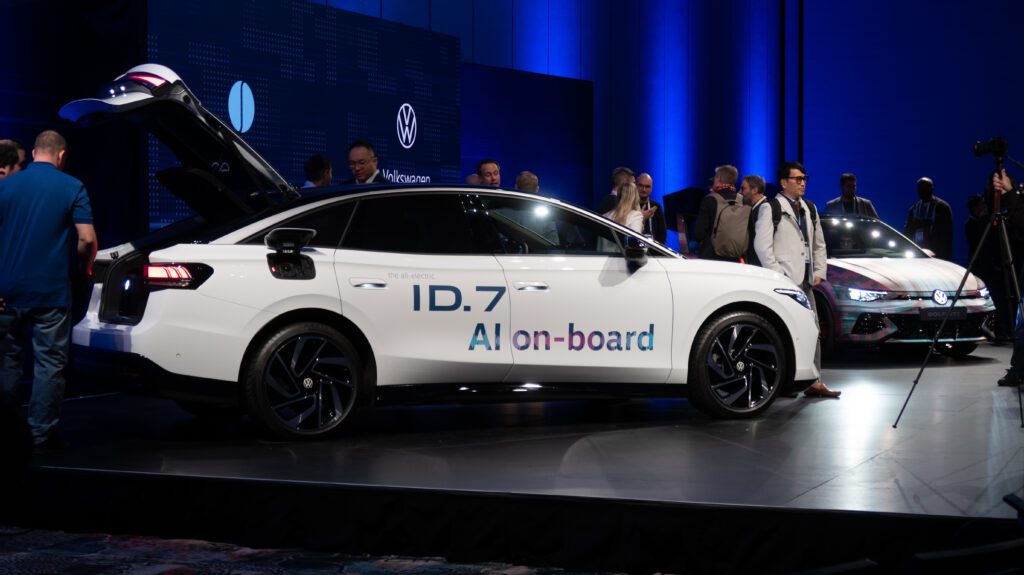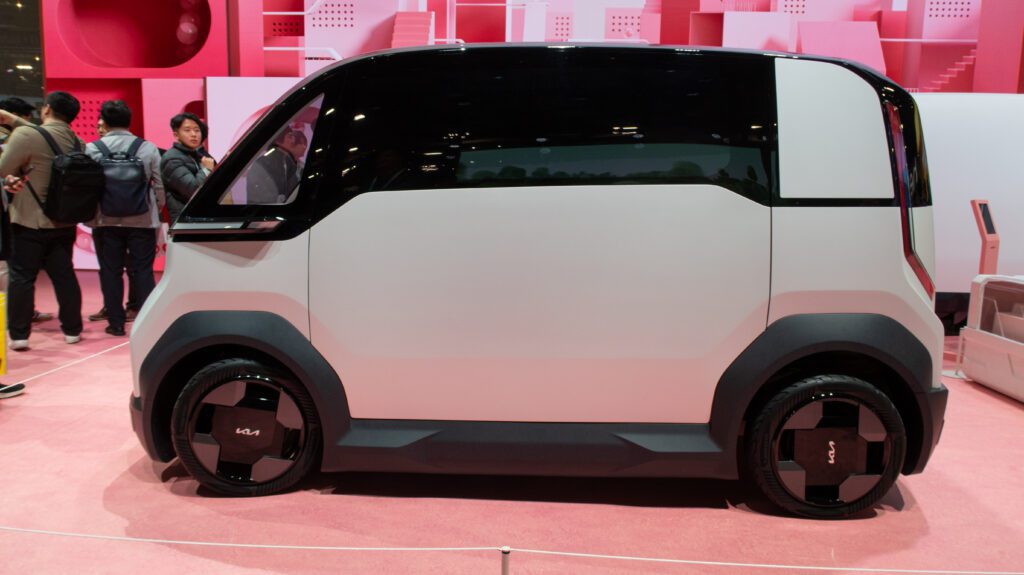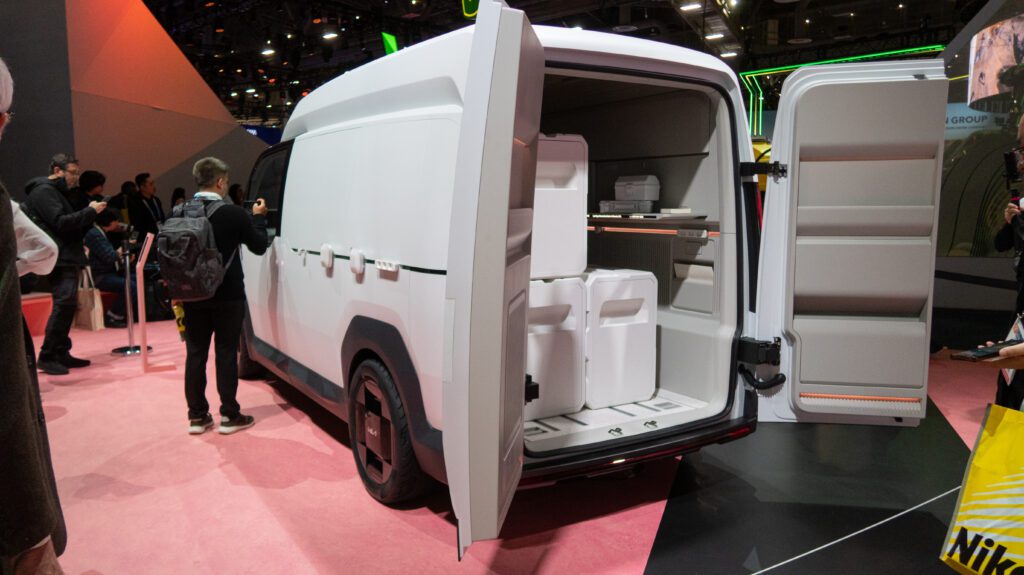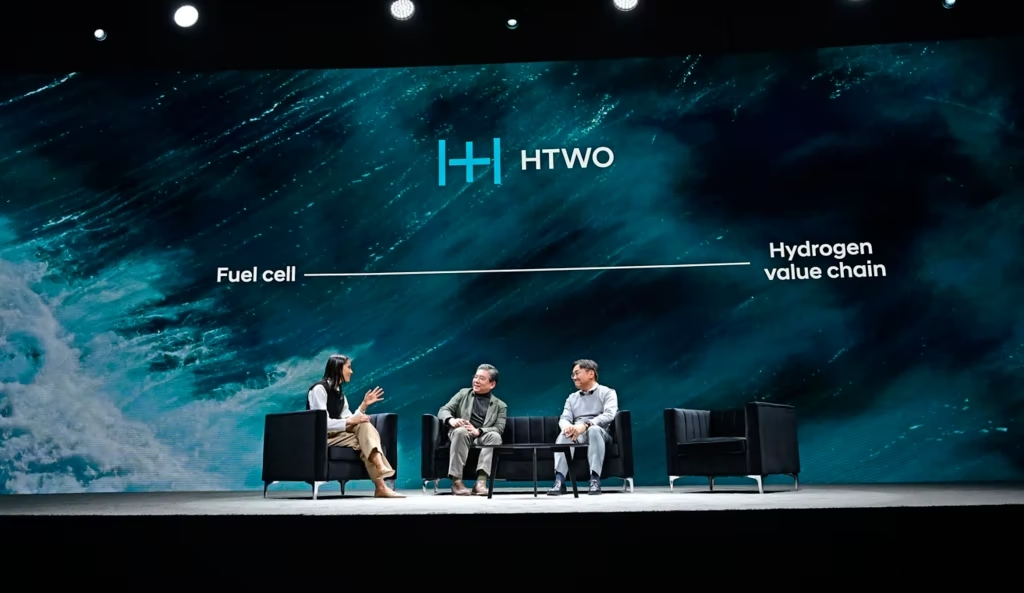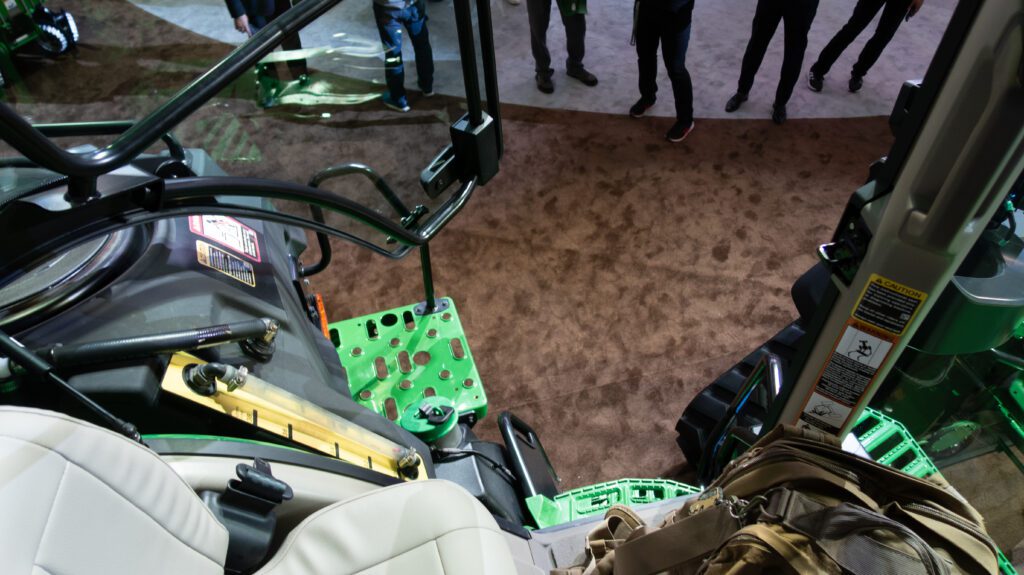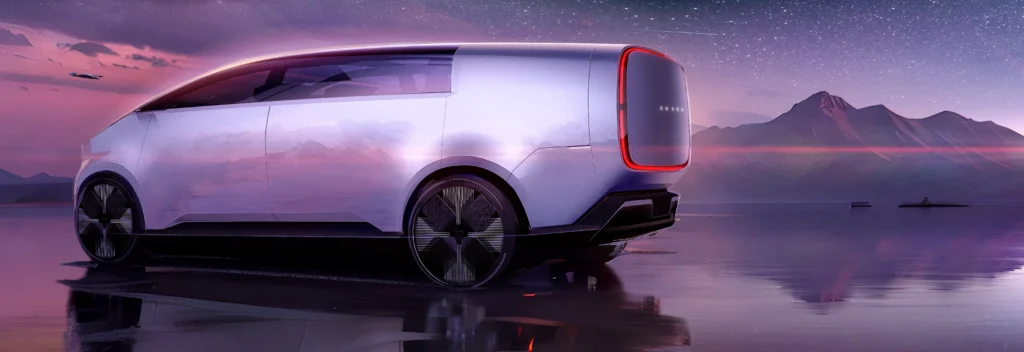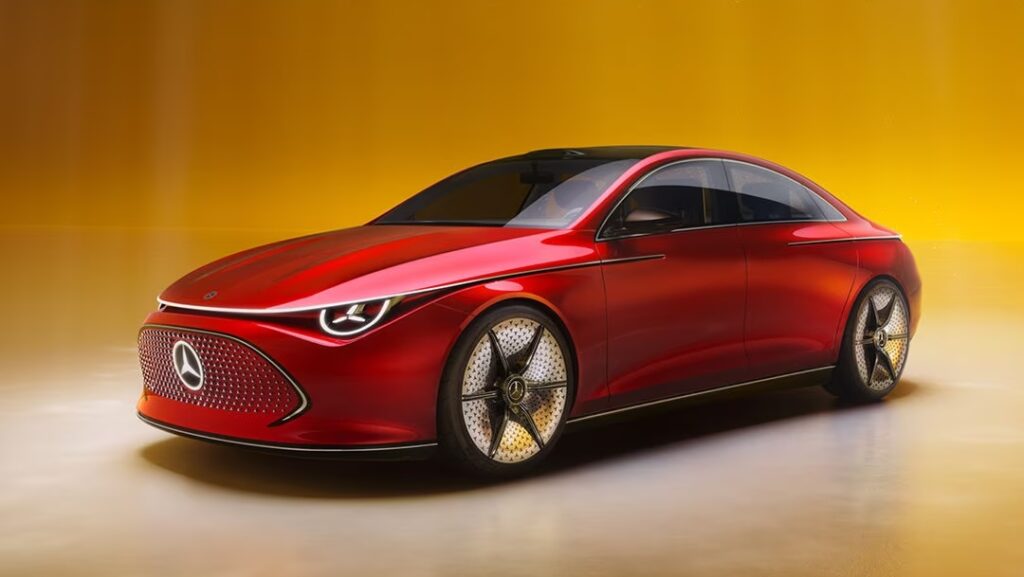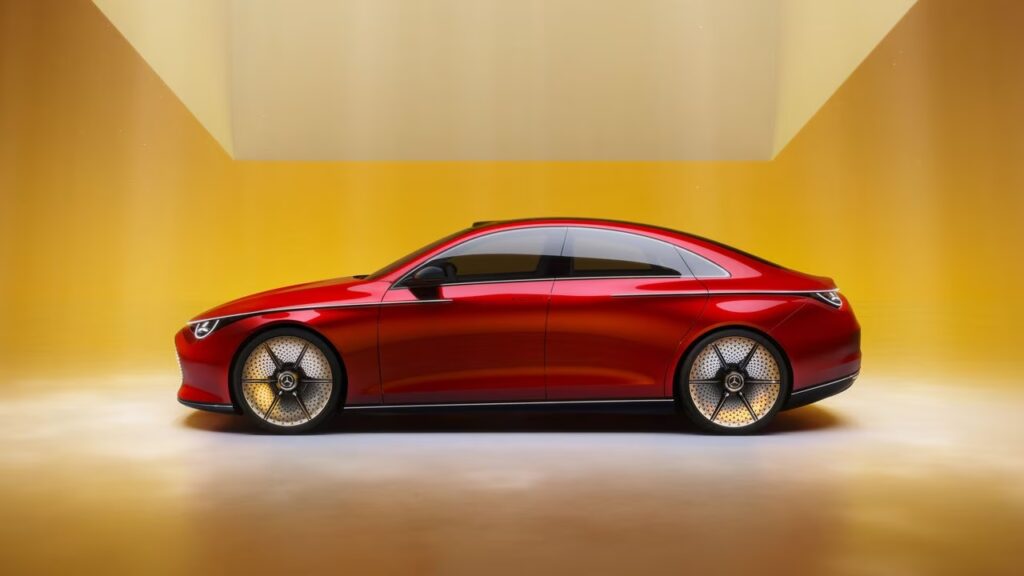Five myths about plug-in hybrids debunked (and four downsides to buying one)
When anything in life offers the best of both worlds and with little compromise, it’s almost always a solid choice. Diet Coke, the Long Beach Grand Prix, salty and sweet candy—life’s full of it. How does the LBGP come into play here, you may ask? Because it offers some of the best motorsports action, ever, and it’s not stuck out in the middle of nowhere. Another area where you’re having the best of both worlds is plug-in hybrid electric vehicle (PHEV) ownership. That’s because these economical steeds offer all the convenience of being primarily powered by an internal combustion engine, yet also have an electric motor that tackles some propulsion and boosts overall fuel economy.
However, there are some common misconceptions about PHEVs out there that need to be addressed. By that same token, there are some actual downsides to discuss as well, as having all the information one needs before diving into owning one is just as important. Let’s plug in!
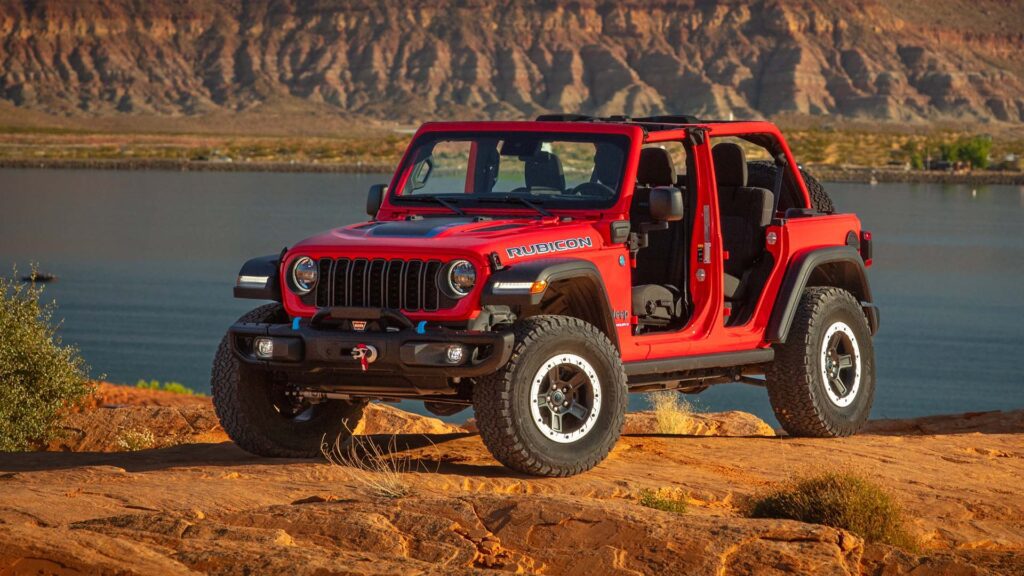
Myth: PHEVs are slow and not fun to drive
While a lot of folks who are well in tune with the automotive industry may say this isn’t actually a common misconception, it’s important to clear the air and ensure that even the most casual observers know what’s up.
PHEVs are actually quite the opposite: They’re quicker than their non-hybrid and full-hybrid counterparts. That’s because the electric motor is more integrated into acceleration, thus providing all that sweet instant torque to rip off the line. The latest 2023 Toyota Prius Prime, which I’ve had the opportunity to sample for myself, is the perfect example—the normal hybrid is no slouch for its class, but the Prime is shockingly fun to rip around in.
Additionally, the Jeep Wrangler Rubicon 4xe is quite possibly the neatest off-road experience, ever. Battery-sourced instant torque bodes so well for crawling, and the silent powertrain really helps out the senses with precision inputs. If you listen carefully with the doors removed, you can hear its all-terrain tires’ individual tread blocks grasp at the terra firma.
Don’t forget that the BMW XM is a PHEV as well. It may not be a looker, but it’s quite fast. So is the Ferrari 296 GTB, the McLaren Artura, and several other super and hypercars.
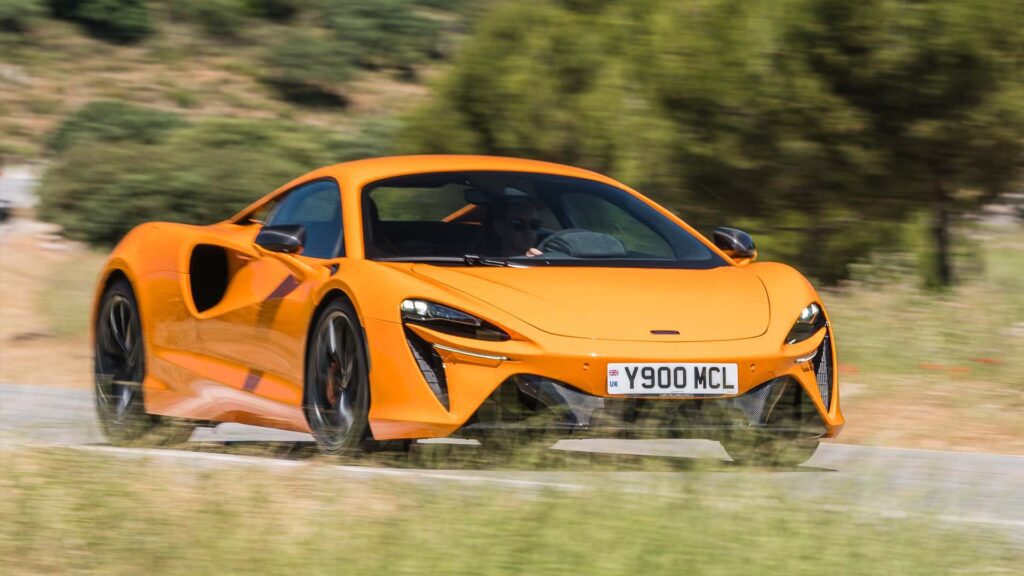
Myth: PHEVs’ EV-only range is too short
While PHEVs of yore only possessed a handful of miles when in EV-only service, this figure’s only gone up as battery technology has progressed.
For example, the aforementioned 296 GTB can go a whole 15 miles solely on battery power. OK, that’s actually a poor example, what I meant to justify my point with is the 2024 Volvo XC90 Recharge, which can go as far as 32 miles humming along. Er, that’s an improvement, but not the best example, either. The Prius Prime and its larger RAV4 Prime cousin both get over 40 miles of EV-only range, but weirdly, the latest Range Rover Sport has ‘em all beat: a reported EPA-rated 51 miles.

Myth: PHEVs have just as high maintenance and repair costs as ICE vehicles
This one’s coming from the EV, more specifically BEV (battery electric vehicle), owners who could be considered hardcore, true believers in an EV-only lifestyle. As reported by Consumer Reports a few years back (thanks to Torque News), PHEVs will have slightly lower costs of ownership over the lifetime of a BEV. BEVs have the lowest costs in the short term, but still, PHEVs’ are nowhere near an ICE car’s.
On the flip side, the convenience factor of PHEV ownership is quite appealing and is the best example of the best of both worlds: Excellent overall fuel economy, some battery-only range, lower running costs than an ICE vehicle, a smaller battery with a smaller replacement cost than an EV, no dependence on our nation’s current charging infrastructure, and more.

Myth: As PHEVs’ battery-only range increases, you might as well just buy a BEV
This one’s quite easy to extinguish, and again was reported on by Torque News: You might as well buy a BEV with all that electric-only range. This completely disregards many folks lacking local charging infrastructure, range needs, and more. Plus, what if you want to be unencumbered by charging infrastructure while on a lengthy road trip? It also means that some households may not need to park an additional car in their driveway to satisfy longer-range needs.
Again, this is best of both worlds content. Many folks can fulfill their daily range needs, potentially over the course of a day or two, and not have to worry about plugging in once they’re out of juice. Plus, PHEVs have regenerative braking that helps charge the battery, thus always having at least a little bit of zap in the metaphorical tank.
Myth: PHEVs don’t have the same tax benefits as BEVs
This one’s also easy to extinguish: Green Car Reports does a great job clarifying the IRS’ guidelines by sharing that there are still some excellent tax benefits to cash in on for 2023 and 2024. MSRP comes into play, and it must be a model that’s made in the USA, Mexico, or Canada, and has a battery that’s made in the USA. But there are still some solid options out there. In fact, that latter bit about made-in-USA applies to BEVs as well.
For example, any qualifying (because there are income restrictions—again, it’s complicated) Jeep 4xe buyer could receive up to $3,750 off their taxes, and Chrysler Pacifica PHEV buyers could count on as much as $7,500 off.

Downside: PHEVs are expensive
Still, even with some federal tax relief, PHEVs have a higher up-front cost compared to ICE vehicles. It’s amortized over time in fuel savings, but that doesn’t help out folks’ shorter-term budgeting that affects the household balance sheet month-to-month.
It doesn’t help that the average new vehicle costs around $48,000, either.
Downside: PHEVs are heavy
This is par for the course with anything sporting a lithium battery somewhere bolted up to its chassis. They’re not as portly as full-on BEVs, but weight is weight, which means increased tire, brake, and bushing costs. And, it’ll always have an adverse effect on handling, no matter how you slice it. Well, unless it’s a Ferrari 296 GTB, where the battery helps keep weight well-centered within its wheelbase. And even then, it still weighs less than 3,300 lbs, which most would say is plenty for its 654 horsepower to handle. Can you tell I really want to drive a Ferrari 296 GTB?
Downside: PHEVs are complex
This one’s pretty self-explanatory. You’ve got two separate powertrains at work, additional sensors, potential drivetrain additions to send their power to the wheels, a battery with its own electrical connection environment, and more. Plus, you can’t forget packaging, as the added battery presents a challenge to engineers and may result in either a larger vehicle than otherwise or a vehicle that’s more difficult to service. Or both.
Therefore, there’s more stuff to malfunction, fail, and extend/expand a factory-recommended maintenance schedule.
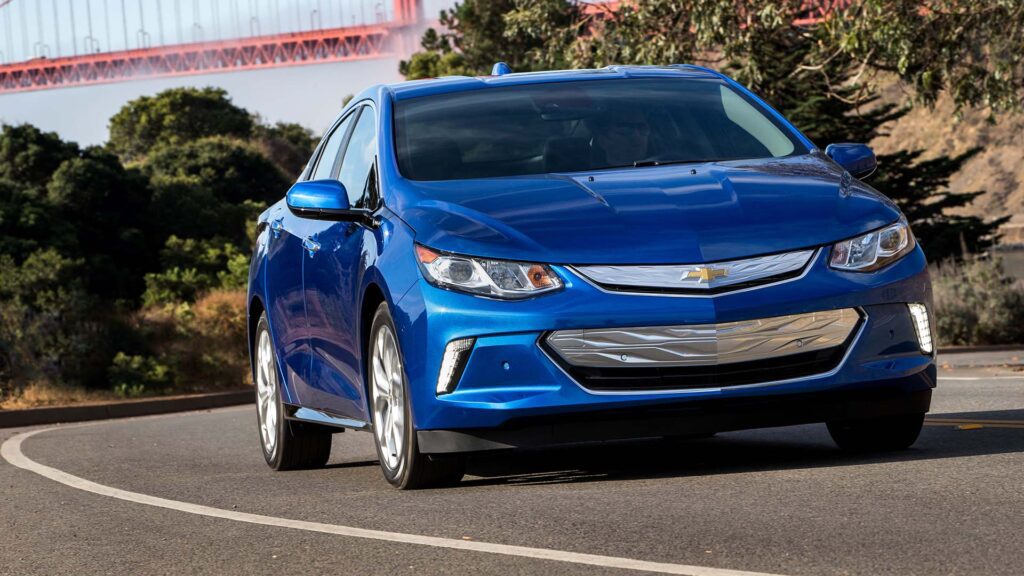
Downside: We need more series plug-in hybrids
Remember the Chevrolet Volt? That intuitive little fella was a series plug-in hybrid (SPHEV), more commonly known as an extended range electric vehicle (EREV). This means that only the electric motor handles propulsion while the internal combustion engine handles onboard charging duty, like a locomotive. This means you’ve got an onboard generator to cut down on visiting the charging station, or you can completely skip any combustion by plugging it in regularly like a BEV—it’s up to you.
Because of this, the Chevy Volt was truly something special, but sadly it went out of production in 2019. The upcoming 2025 Ram 1500 Ramcharger (kudos to Dodge for its name) will be an EREV, and the rotary-powered Mazda MX-30 R-EV could come to the US market someday, but otherwise, there’s nothing on sale as new at the moment. Which is a shame, as it’s a very appealing concept.
It’s important to address and analyze common misconceptions about PHEVs, especially considering the fact that they offer so much convenience over BEVs, yet burn far less fuel and have far fewer emissions than ICE vehicles. At the same time, it’s important to keep their downsides in mind, as it’s important to be well-educated on the matter before you make any major financial decisions.






